Fine Art Painters and Painting Tips
Updated: 03 Jan 2026
I dedicate this article to aspiring artists.
Here I invite you to view beautiful artworks by professional painters, who share painting tips and professional advice.
Note:
At the bottom, I share my own tips from my personal experience as an artist and an art instructor.
Johannes Wessmark
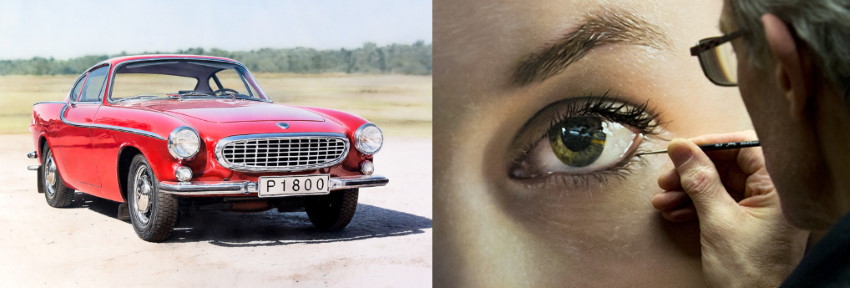
Johannes Wessmark is a photorealistic, fine art painter. He uses both acrylic and oil paints.
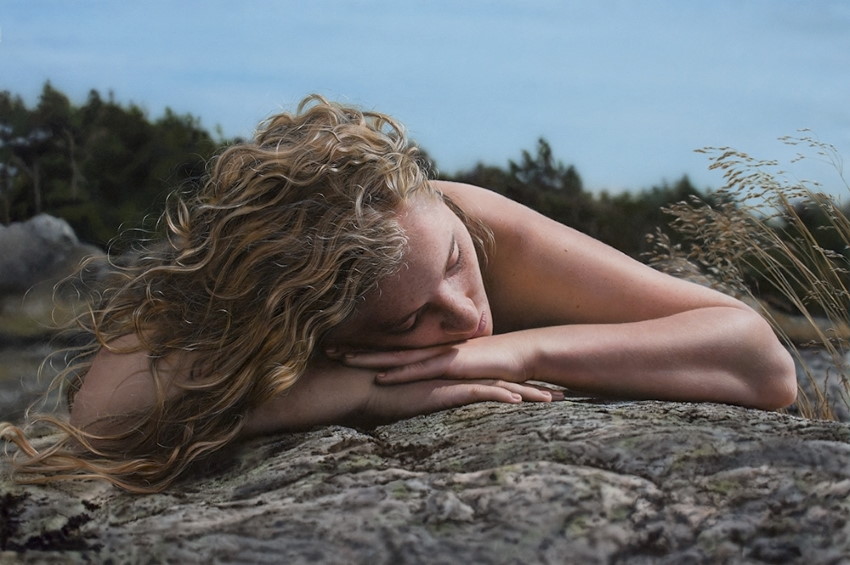
His experience and knowledge allow him to paint any subject to perfection.
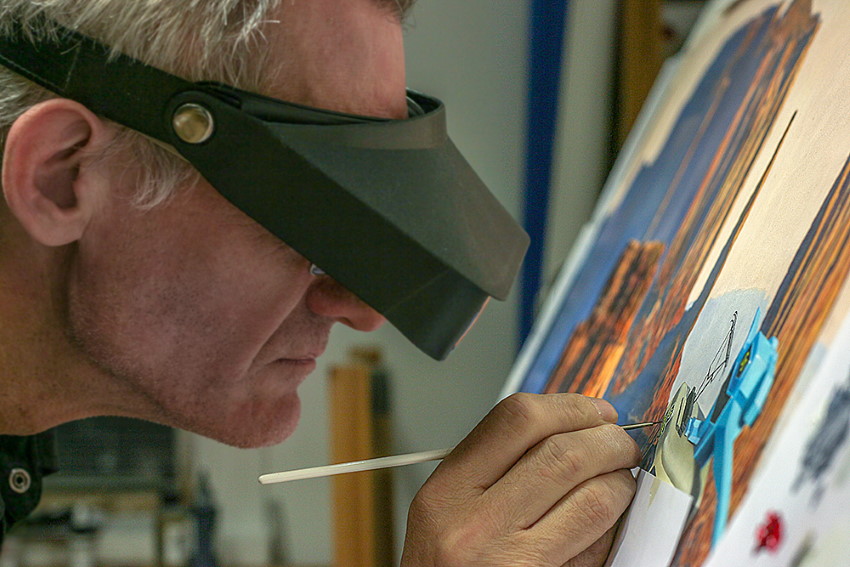
Johannes takes commissions on any subject. He can paint anything, and you can contact him via his website.

Johannes's tips:
Put a lot of time and effort into your sketch. It is well worth it in the end.
If you print your reference photos in the same size as the final painting will be, you can make your sketch on a light table.
Then you know every line sits exactly where it should.
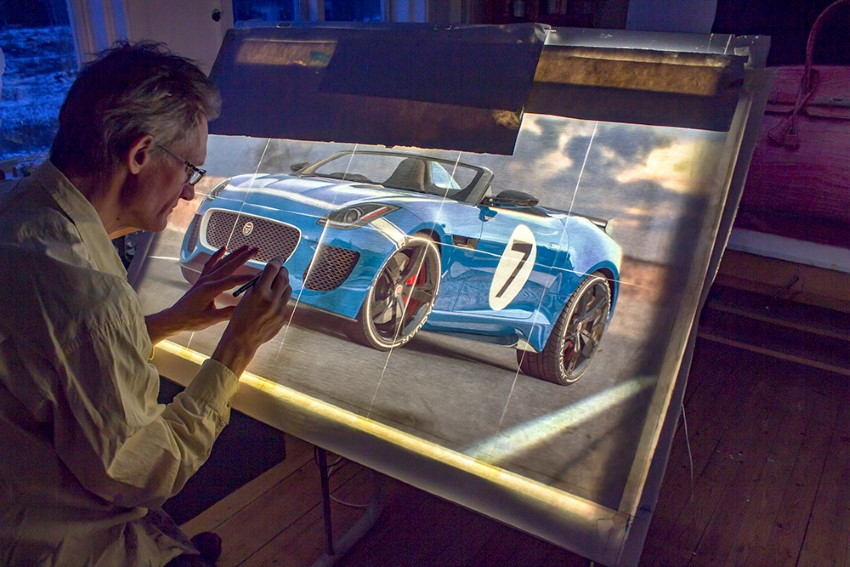
If the color and tone are very important, like in a portrait, you can cut small holes, about 5 by 5 millimeters, in the reference photo.
Then, put it on top of your painting so that you can see the painting through the small hole, and compare the colors.
Now you can easily see if you are close enough or if you have to adjust the color.
Eva Volf
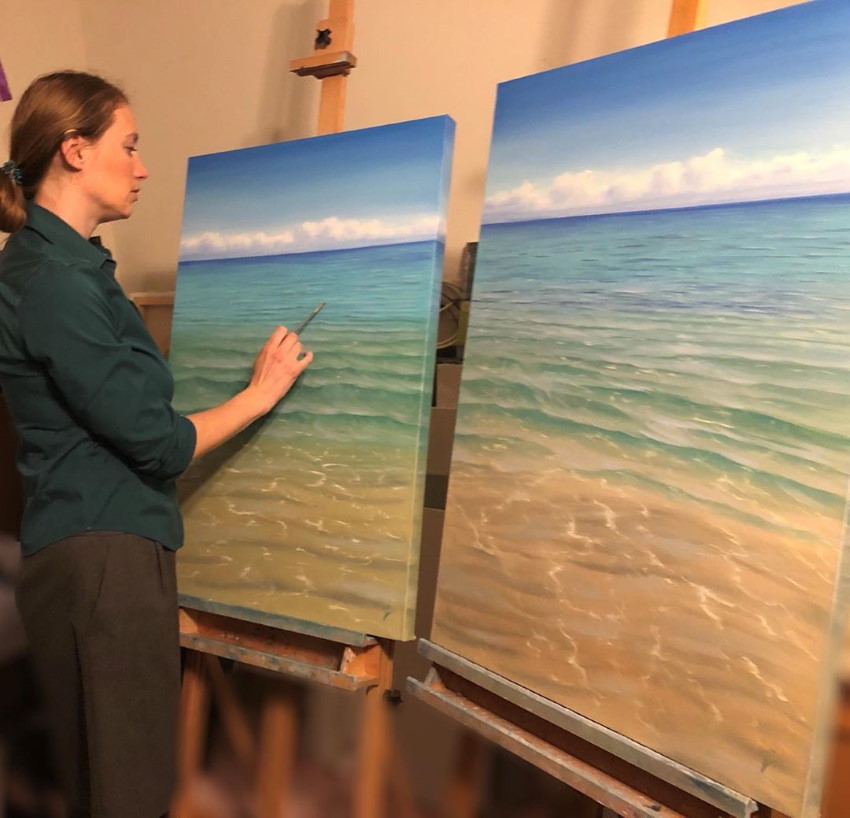
Eva Volf is a renowned seascape artist. She uses oil paints to create her fine art paintings.
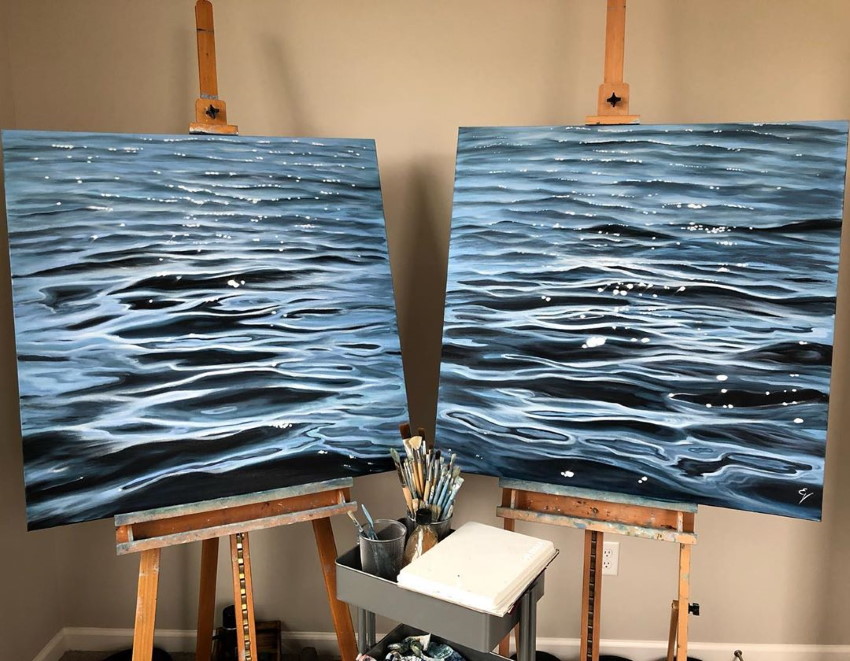
Her beautiful art has not gone unnoticed. Eva is an award-winning artist, and she has a huge social media following.
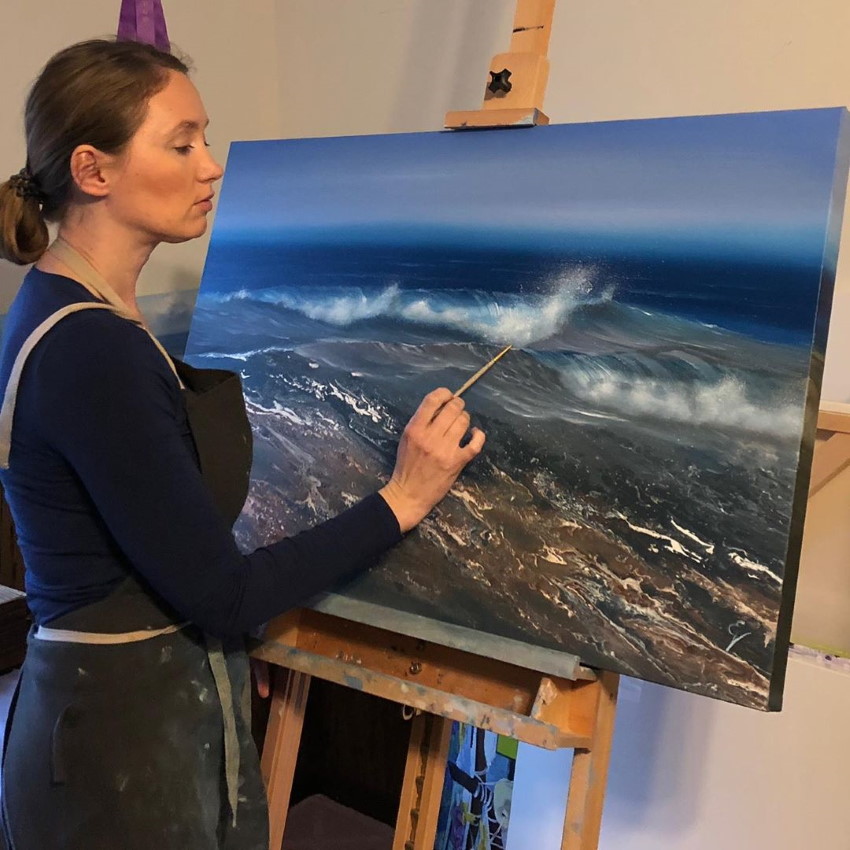
Her uplifting paintings are a mirror to her love for the ocean. Eva paints both en plein air and in her studio.
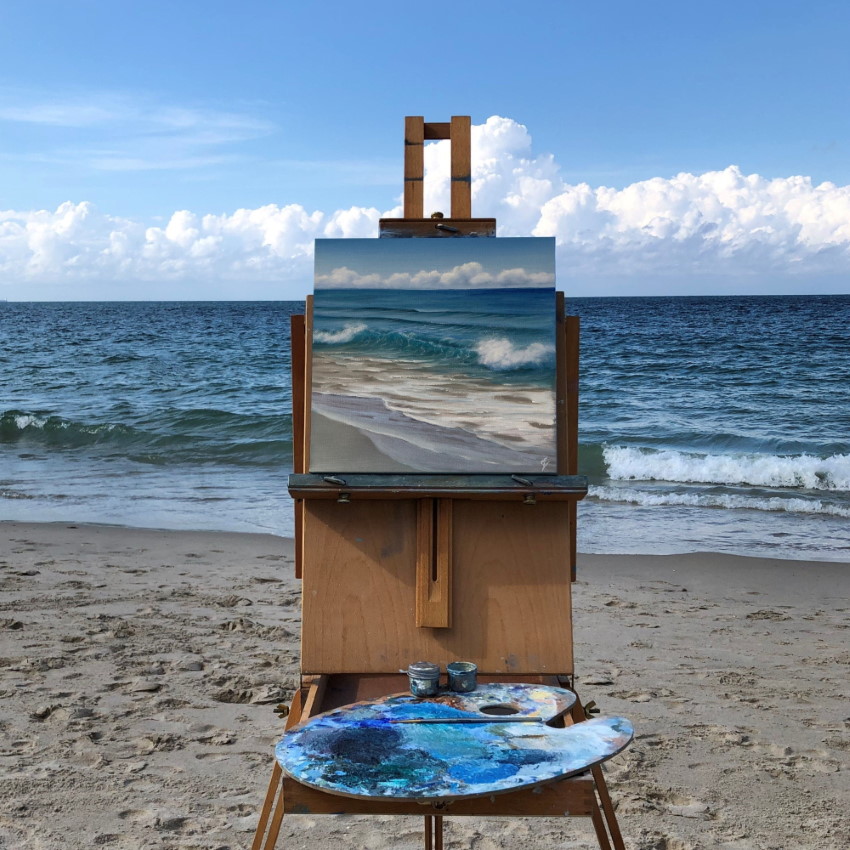
Eva's tips:
Practice more and do not expect every painting to be a masterpiece.
The less stress you put on the final result and the more you enjoy the process, the more you learn.
Also, learning the basics is very important. Challenge yourself to learn about composition, values, edges, and colors.
Watch workshops and read books, copy the work of the artists you admire (for learning purposes), and paint plein air (on location).
Do not invest a lot in your art supplies in the beginning.
The more you paint, the better you become at it. Paint on your old canvases, sand them, gesso, paint a new piece.
Practice is the key.
Author's comment:
For your first steps in composing a still life, read my beginner's guide to composition drawing.

Rebekah Codlin
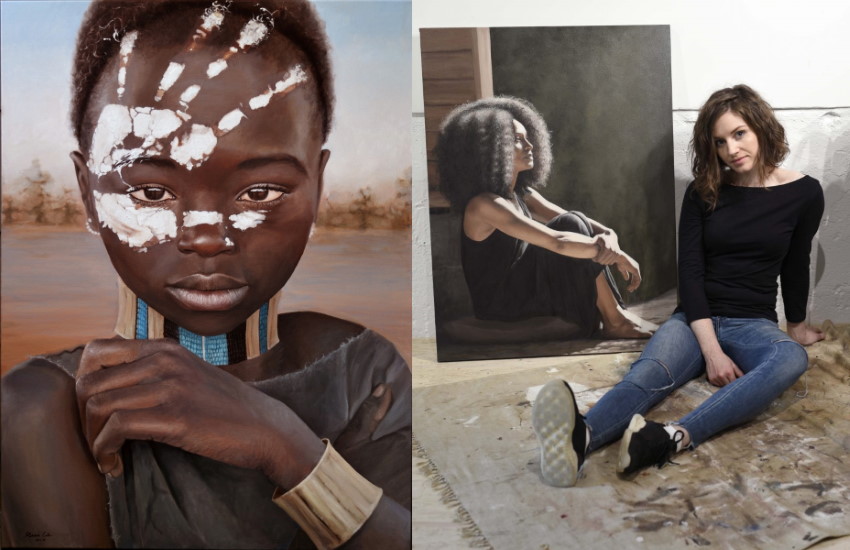
The birth of the internet and the rise of social networks enabled young artists to make their marks, free of any restrictions or directives.
For the audience, the freedom to choose what kind of art they like to consume.
Therefore, no wonder fine art is thriving again.
Rebekah Codlin, an oil painter, is a great example for the new generation of master painters.
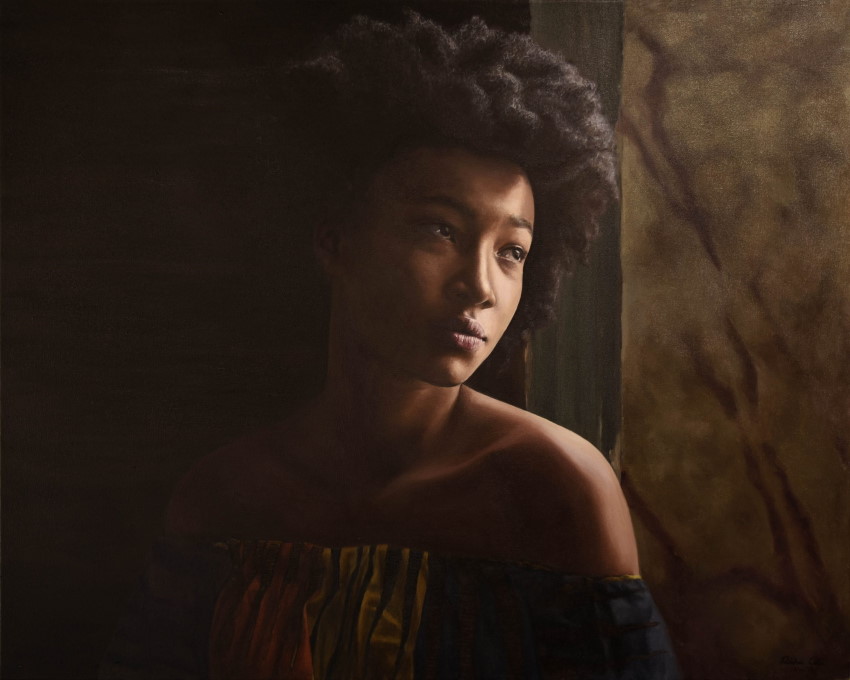
Choosing a challenging subject like portrait painting and creating it in such an authentic way indicates the expertise of her craft.
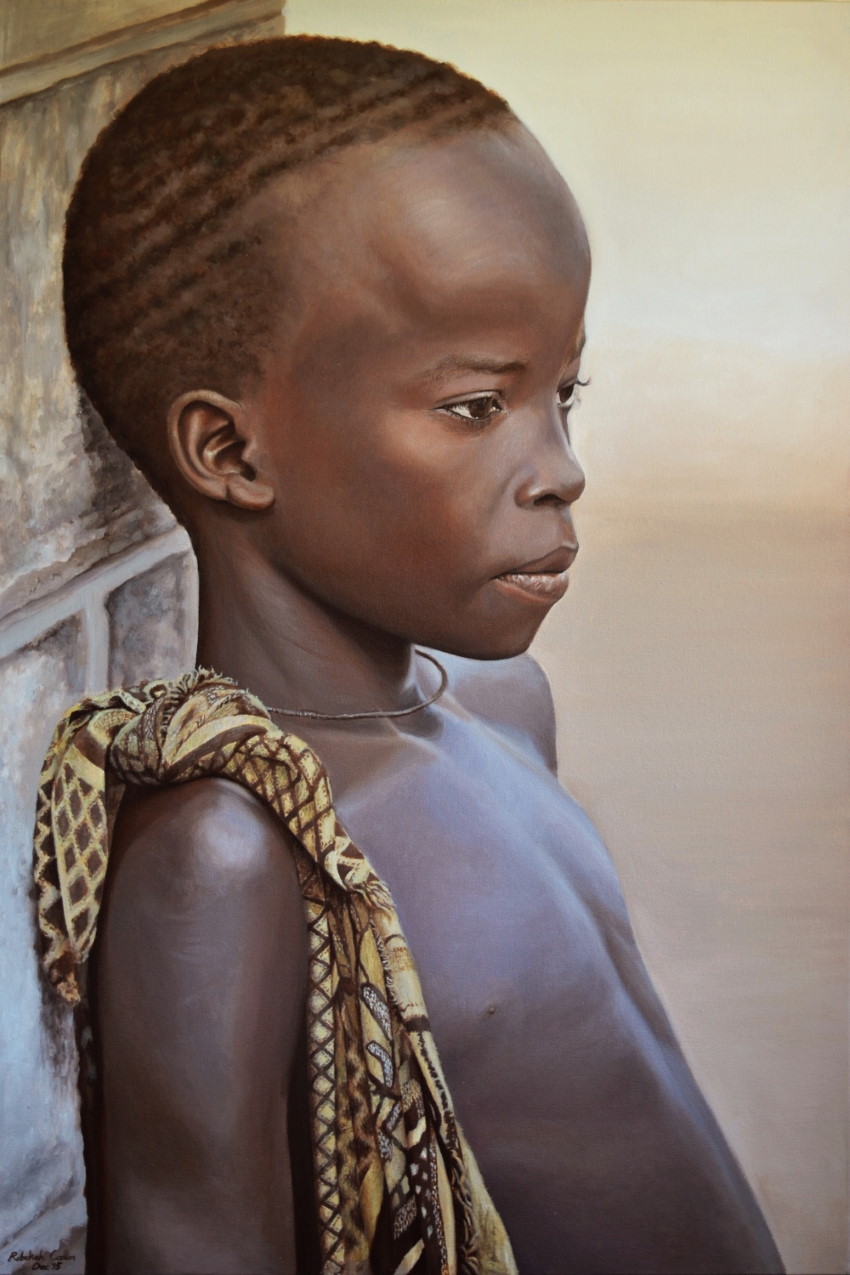
While her paintings are sought-after and collected by fine art collectors, Rebekah offers beautiful prints of her paintings, both on canvas and paper.
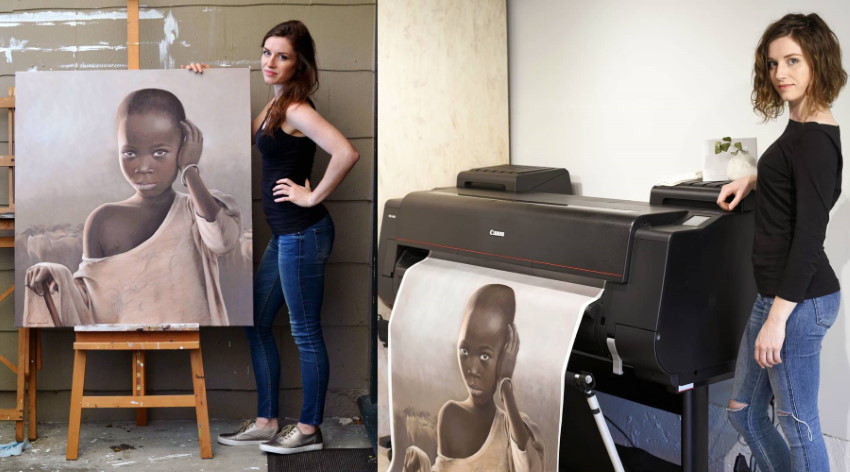
Rebekah's tips:
I have 3 key things for artists who want to make a career of their works.
Firstly, for those wanting to make a living from their art, always paint what you absolutely adore. Lock yourself away for a few months or a year, paint something every single day, and figure out what you absolutely love to capture in your works, and shut out everyone's opinions during this time until you have a clear idea of your style.
Secondly, play with light, create drama and contrast, and have just a small area of your painting that people can rest their eyes on.
Lastly, go big or go home. To kick-start your marketing and reputation, you need to grab people from a 20 m radius and across the street, and you want every single person who enters the shop or café to notice and remember your art. To do this, you must paint big, at least 1x1.5 m.
Kathy Morris
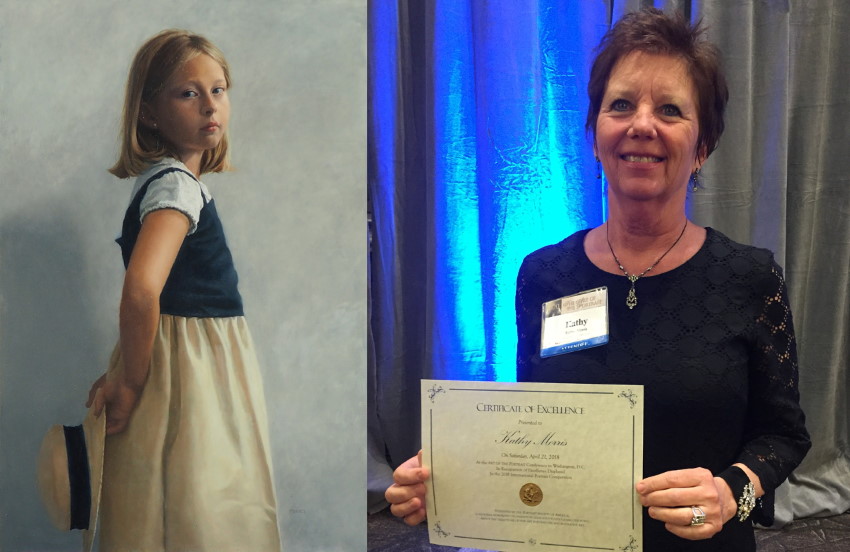
Kathy Morris is an oil painter and an expert portrait artist.
Her paintings are a beautiful balance between realism and art.
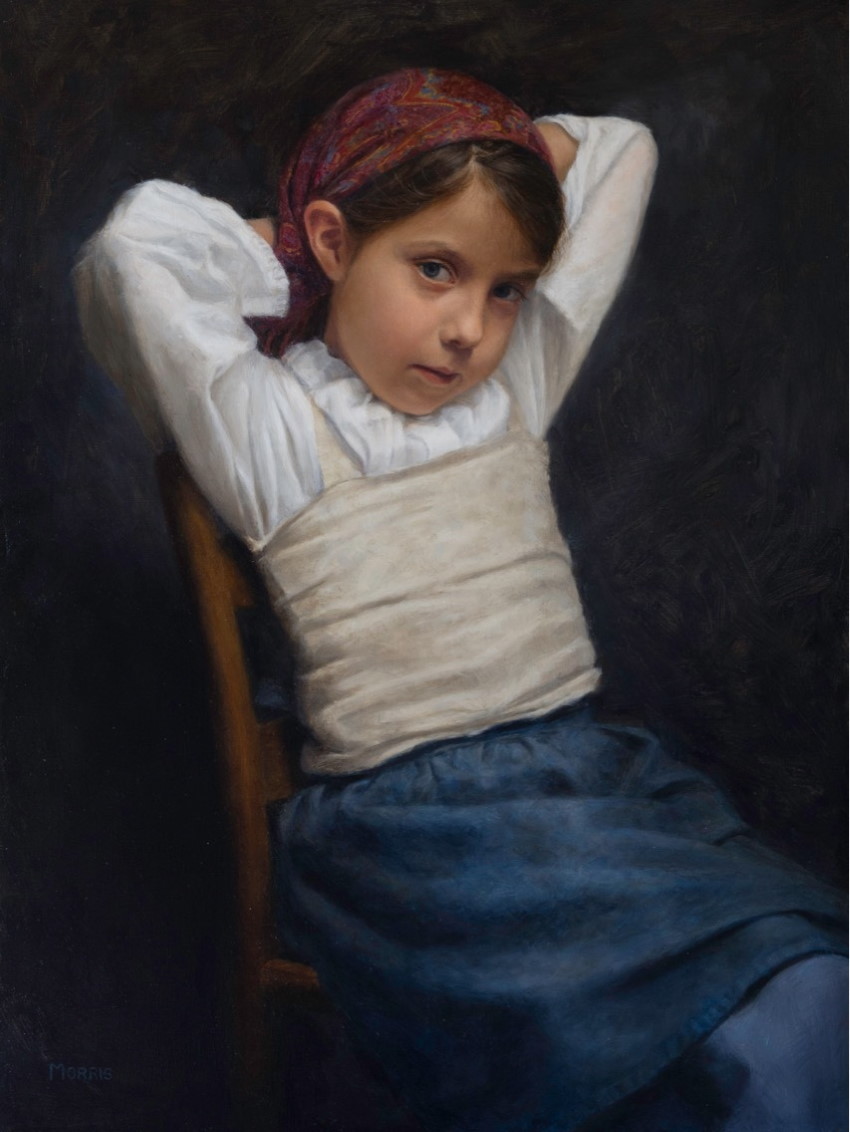
The way she paints fabric and her use of soft edges is marvelous.
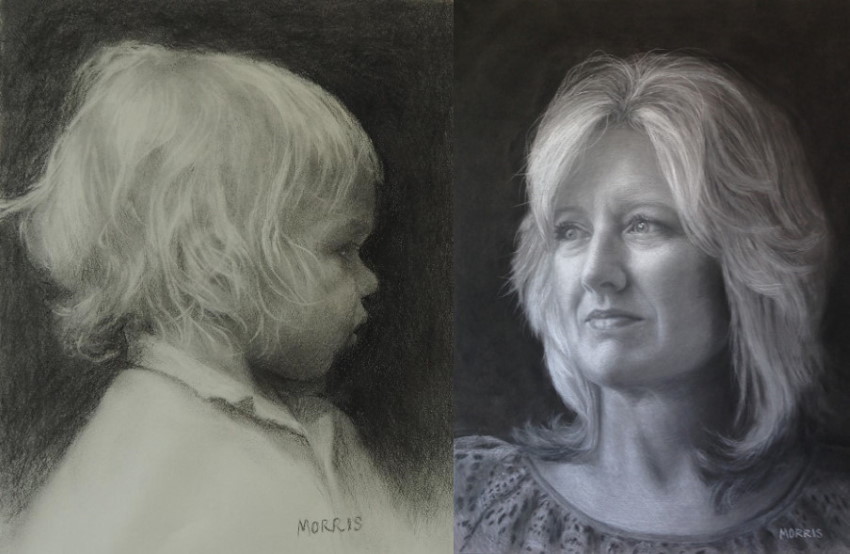
Kathy's pencil drawings are exceptional. A magical and gentle use of brightness values, which leads to pleasant yet noticeable portraits.
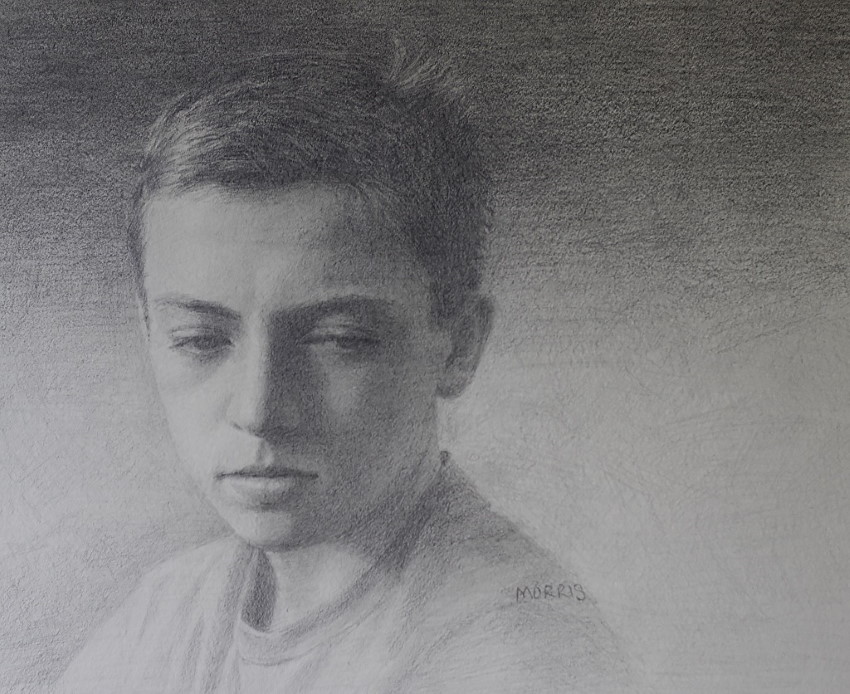
Kathy's tip:
My number one tip for beginning artists is to learn to draw before you start painting. My experience has been that beginning artists want to jump right into painting before they can draw. That is like trying to build a house without a foundation. Painting is nothing more than drawing with the added complication of paint. If you cannot draw, adding paint to the equation is not going to fix it.
Drawing is a skill that can be learned and should be taught. I believe anyone can learn to draw. To prevent reinventing the wheel, save time, and to accelerate your progress, take drawing classes or workshops from the best artists you can find. They will teach you what to look for when drawing and how to see, which is essentially what drawing and painting are: seeing.
A great resource I highly recommend is Beginning Drawing Atelier: An Instructional Sketchbook by Juliette Aristides. This instructional sketchbook is based on the principle that copying master drawings is one of the best ways to improve your work. Historically, master copy was an important part of Renaissance art training. Leonardo da Vinci, Raphael, and Michelangelo all studied the Greco-Roman sculptures. The instructional exercises included are progressive. They start simple and progress to more complex. If you complete the sketchbook exercises, your drawing skills will improve immensely.
Anytime you spend on drawing is not wasted but accumulative. Draw often, draw from life, and you will see great improvement in your work.
Stan Miller
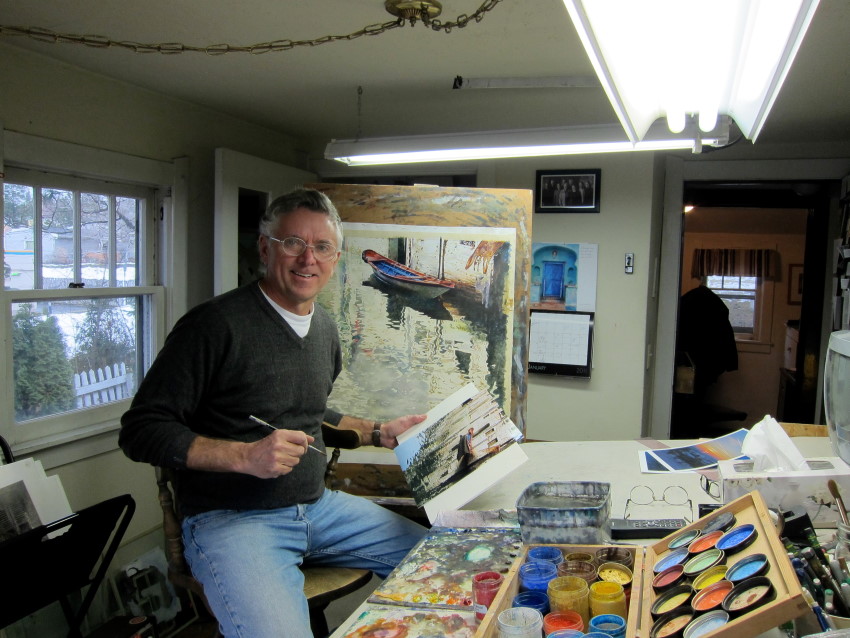
Stan Miller is a fine art watercolorist that enjoys teaching just as much as painting.
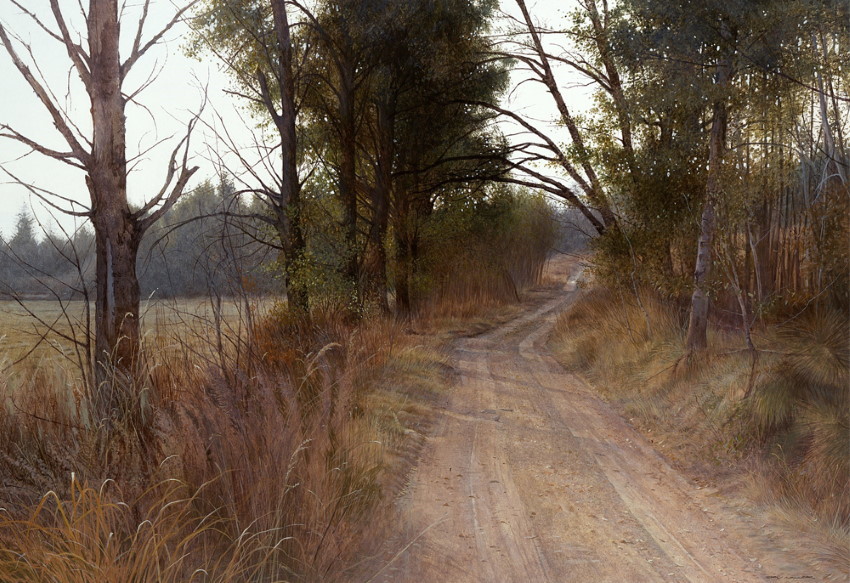
The way Stan implements atmospheric perspective in his landscape and cityscape paintings is brilliant.
The beautiful details are just as rewarding to look at.
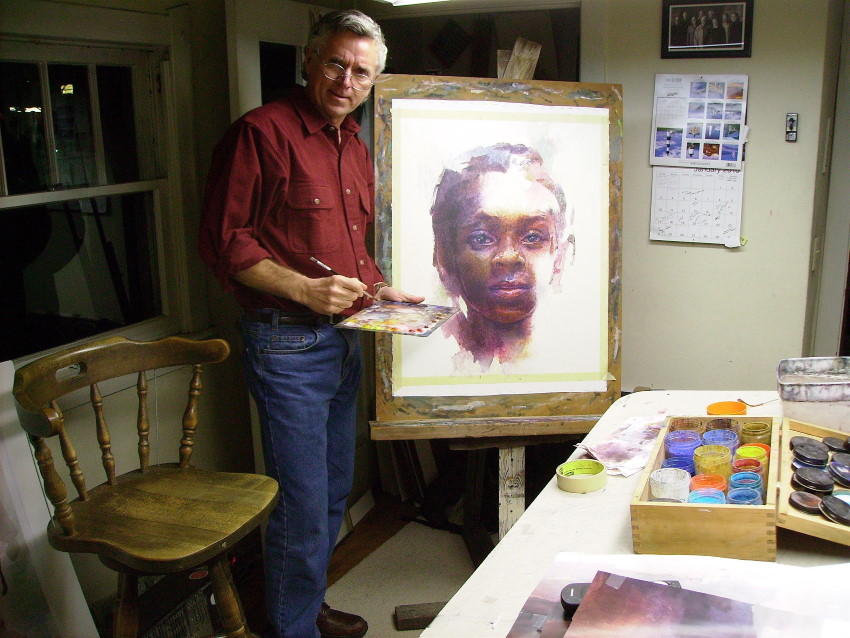
Portraits are a major part of his artistry, and the way he uses colors is fantastic.
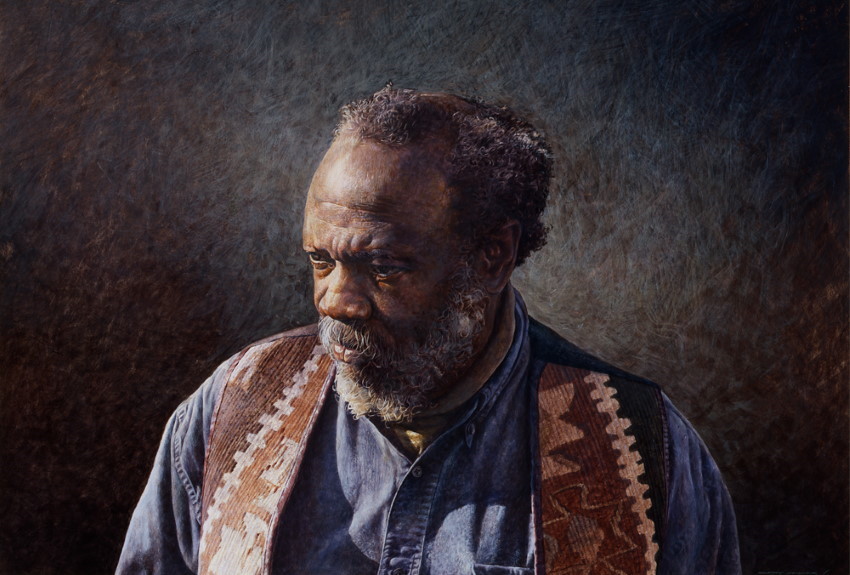
Stan's tip:
If one is just getting started in art, drawing, or painting, I encourage you to learn how to draw. You can find many lessons on YouTube on beginning drawing.
If you do not know how to draw, I would recommend you project, trace, or grid your image. I encourage my students to first learn how to paint something the way it looks before we start interpreting or changing things.
So many of my students do not know how to see, how to paint something the way it looks. This is most important.
Once we know how to paint accurately what we see, then we change things and interpret our subject.
Mark Twain said, "Get your facts first, and then you can distort them as much as you please." So, get your drawing correct, and then get the values correct, and then the color. Do not worry so much about color and technique; these are the most unimportant things in painting. Then, paint a subject that you know, that you have feelings for.
Author's comment:
If you are a beginner and want to learn to draw, you might want to start with how to draw realism with pencils.

Gatya Kelly
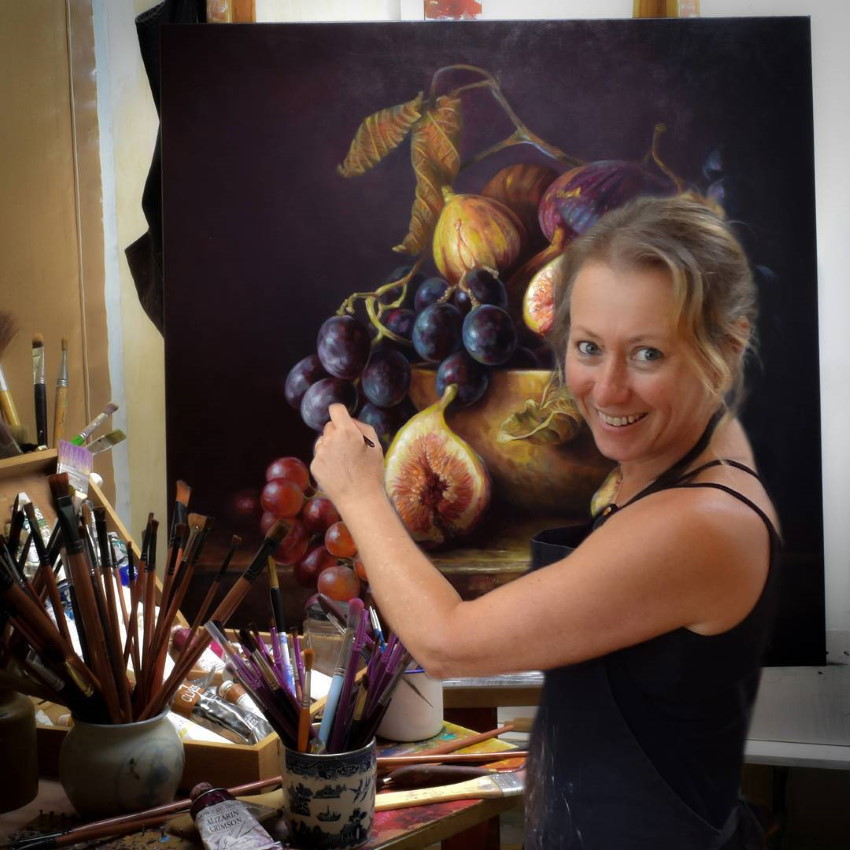
Gatya Kelly is a still life oil painter.
She paints beautiful fruit and flower art paintings.
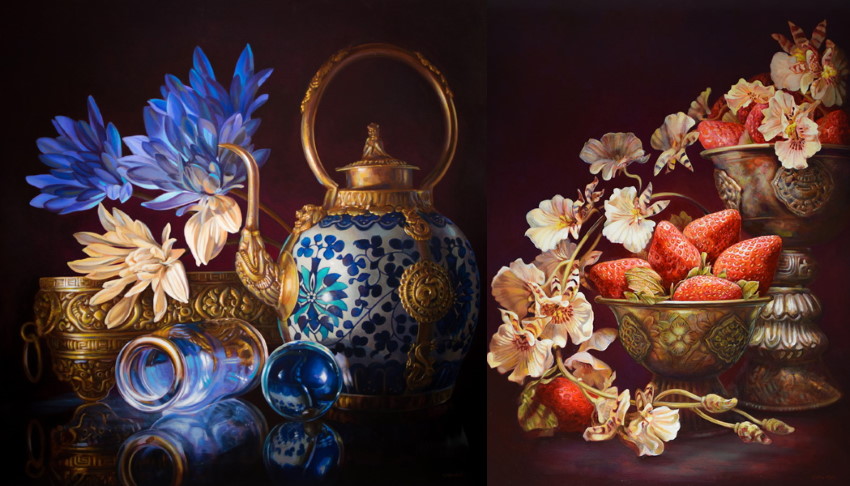
Her compositions offer dark backgrounds for her painting subjects to appear from.
Often, her subjects are wrapped in comfortable, gorgeous textiles or housed in a fine container, but they always find the way out.
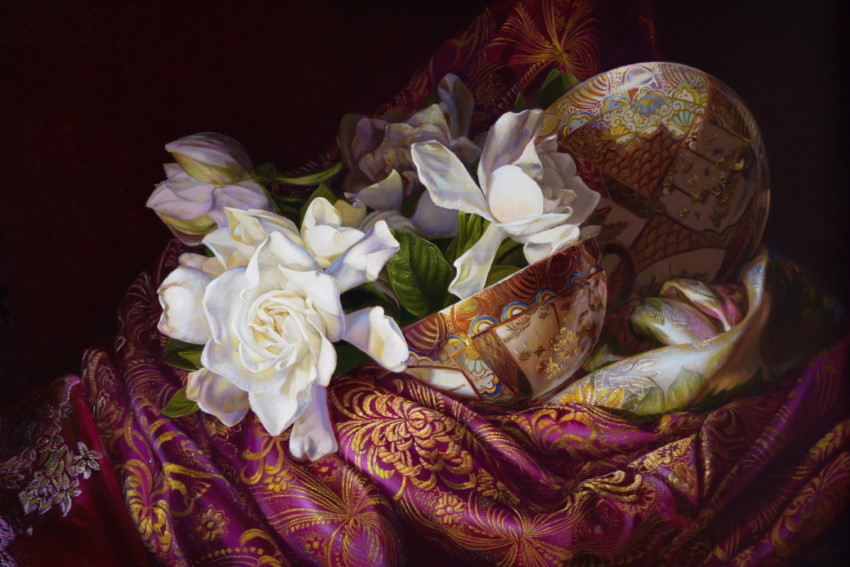
Her paintings are usually large in scale; some are longer than 1 meter (40 inches).
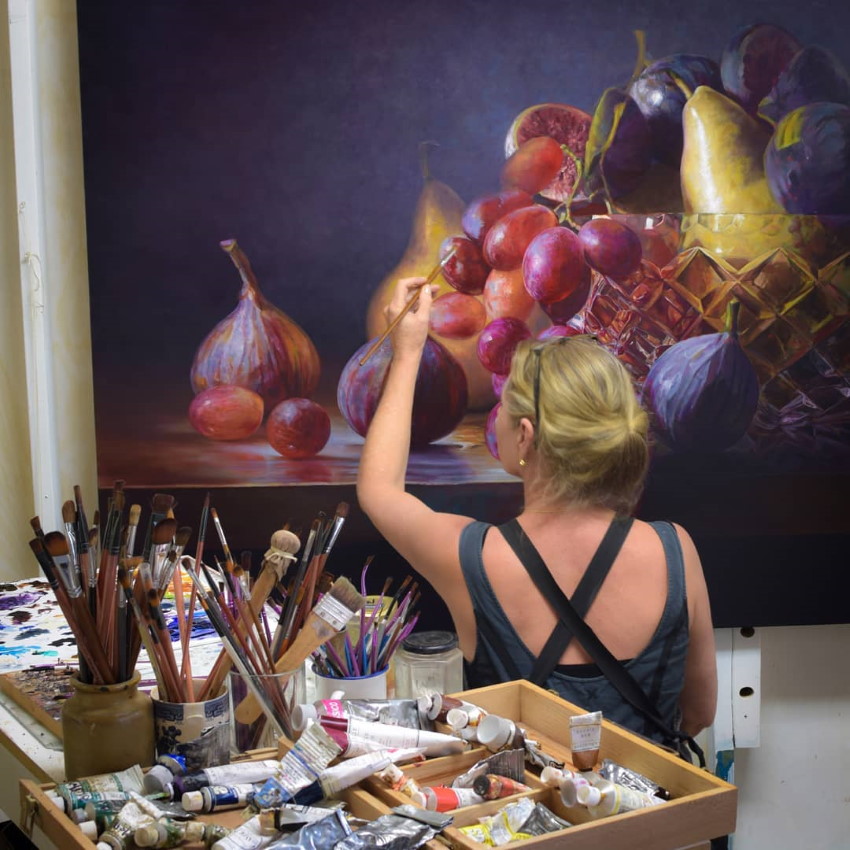
Gatya's tip:
Know when to stop.
When you are painting and nothing seems to be going right, stop. Go and do something else. Come back to it the next day, a week later, or a month later, and look again with fresh eyes; you will very likely see how to resolve the issue you were struggling with.
When you are finishing a work, you should stop completely when your efforts do not make much improvement anymore or you are fiddling and worrying about the work. Do not keep going trying to make every little thing perfect, or your painting will become lifeless. Accept that this is what this painting is, and use what you have learned to make the next painting even better.
Tjalf Sparnaay
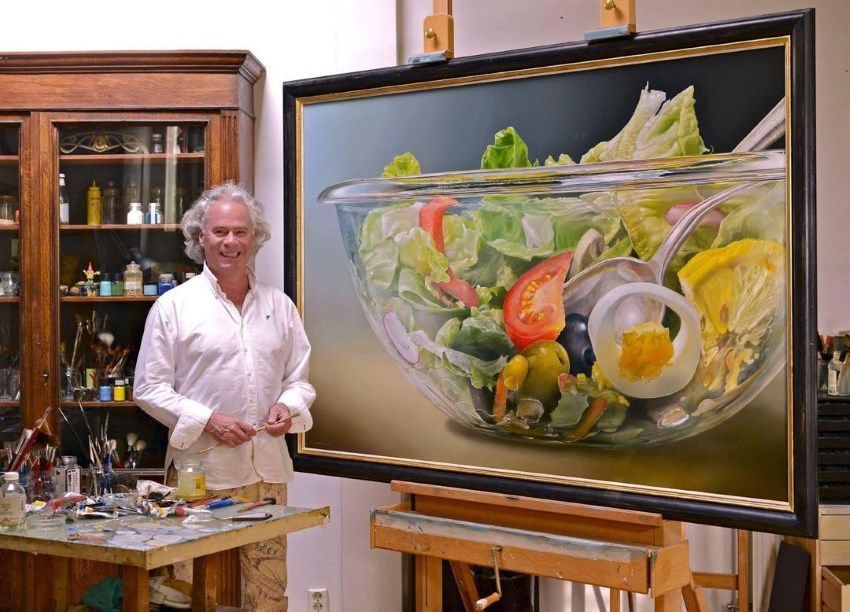
Tjalf Sparnaay is a celebrated still-life oil painter.
He is considered the most influential artist in a style called megarealism, which is related to hyperrealism.
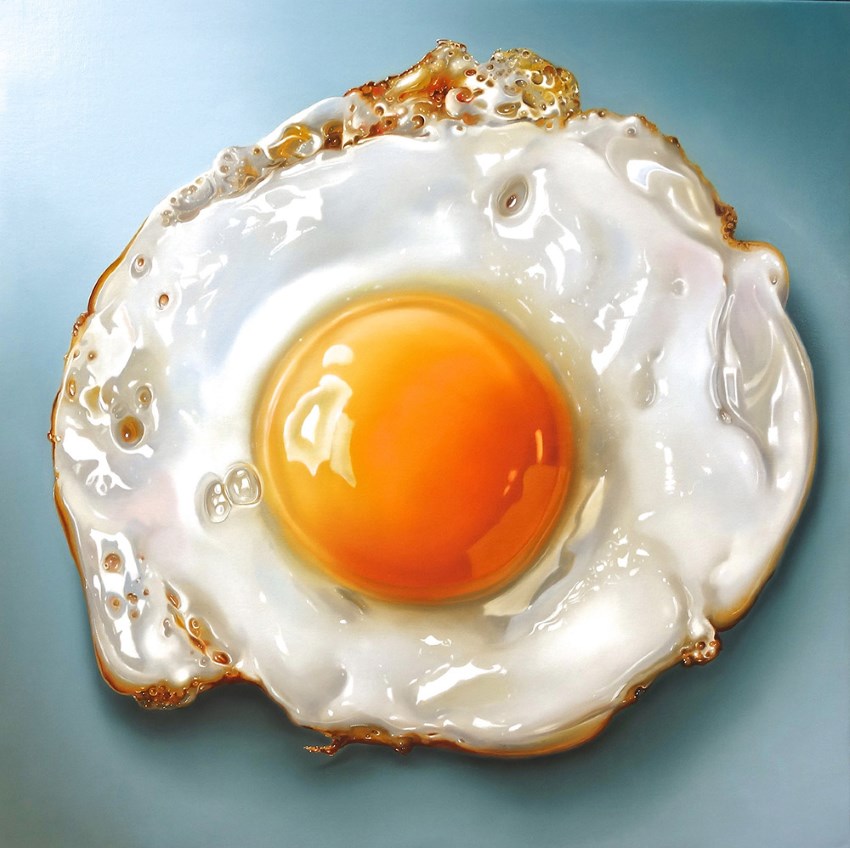
Tjalf is known for taking everyday objects, mainly food-related, and painting them on a large scale using photorealistic techniques.
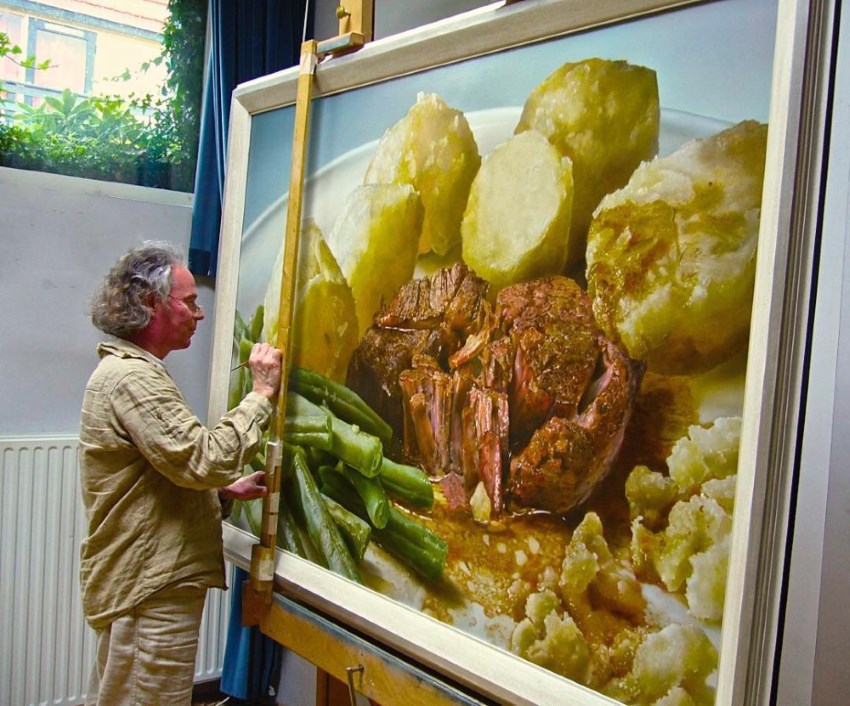
His art (paintings and limited-edition prints) is very popular with art collectors and art lovers.
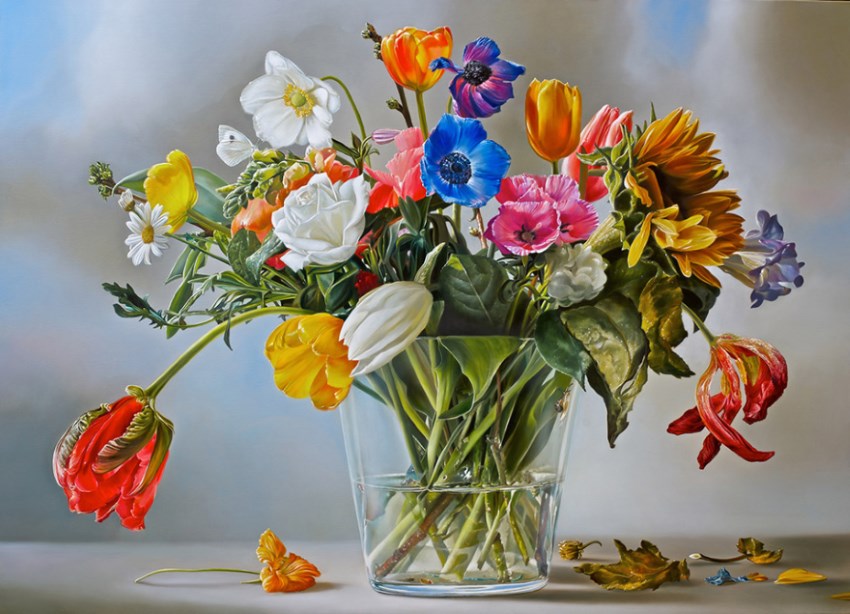
Tjalf's tip:
Try to get your own original view on things as soon as possible, and try to figure out how to evolve your self-found style and subjects attractively.
Rance Jones
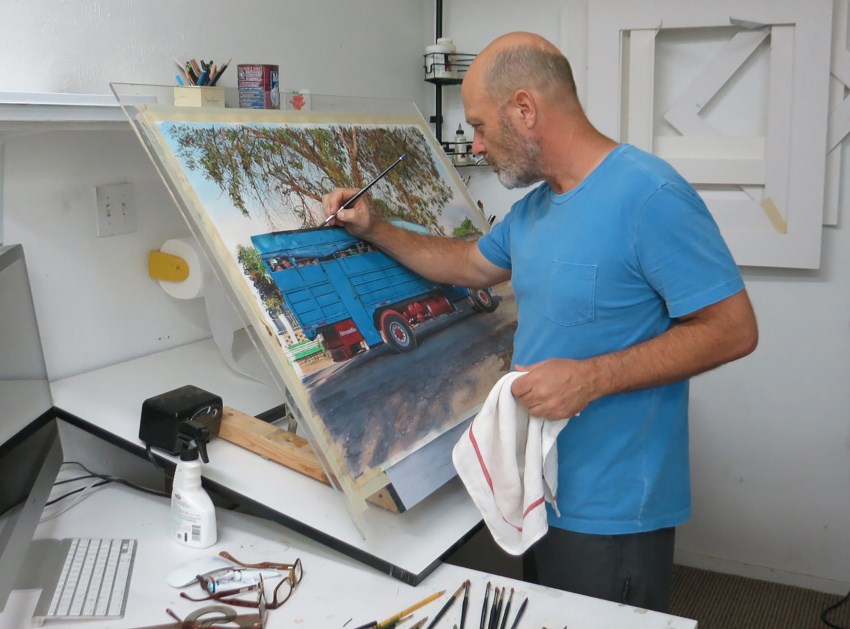
Rance Jones is a realism fine art painter and a watercolor wizard.
It took years of practice and exploration to develop such a photorealistic style with watercolors.
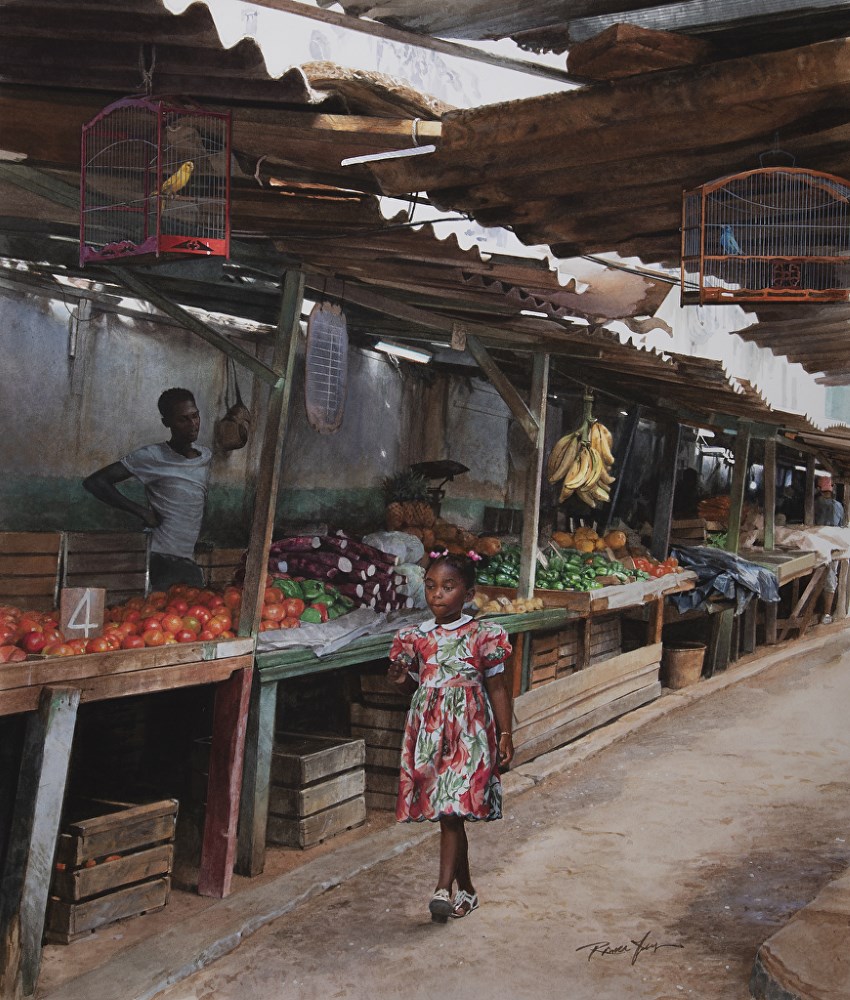
Rance's compositions are flawless, a true mastery that enables the viewer to focus on the painting subject, disregarding any painting style.
If not for a small signature at the bottom, one might forget he or she is looking at a painting.
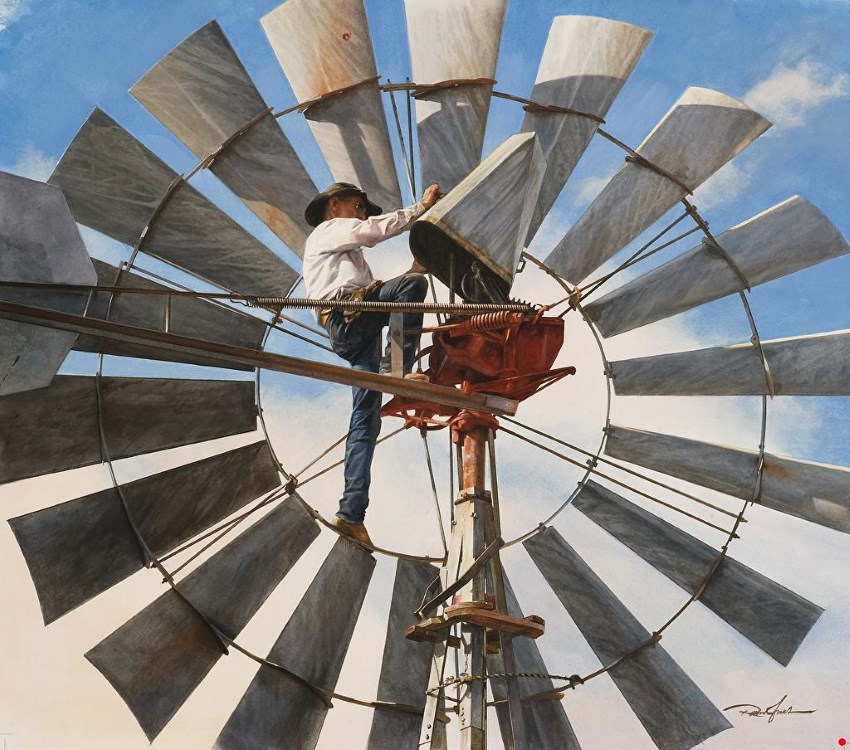
His painting topics uncover his sensitivity for society and culture. A desire to perceive the less familiar and humbly deliver it to the observer, unfiltered.
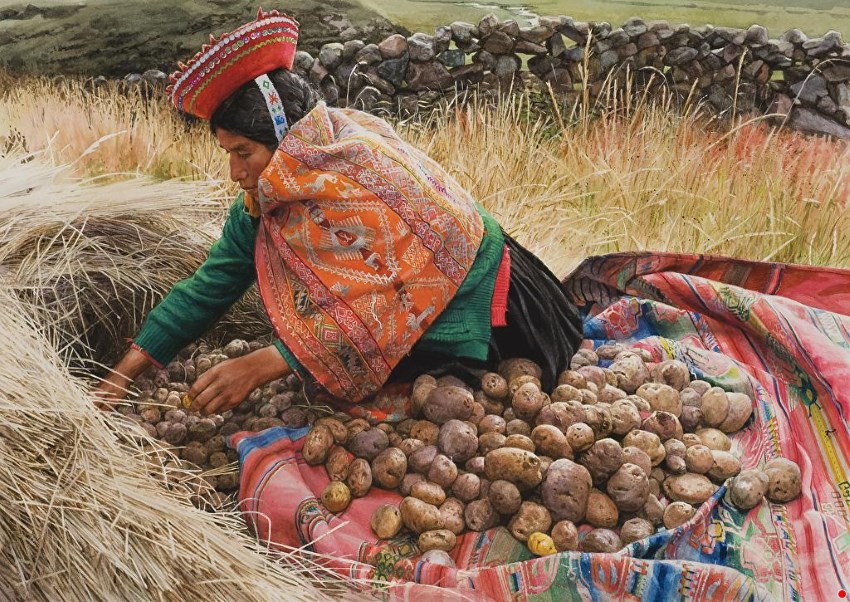
Rance's tip:
Do not let your art materials determine your vision for your art. For myself, I use watercolor and gouache for my paintings. However, it is the unconventional, non-traditional techniques that I have developed over the years in applying that type of paint that produce the textures, colors, and clarity I want.
Keep experimenting. Keep messing up. Keep pushing yourself and your materials to get the finished result you desire.
Focus first on your vision, and then explore a range of materials that help you best accomplish that vision.
Lana Privitera
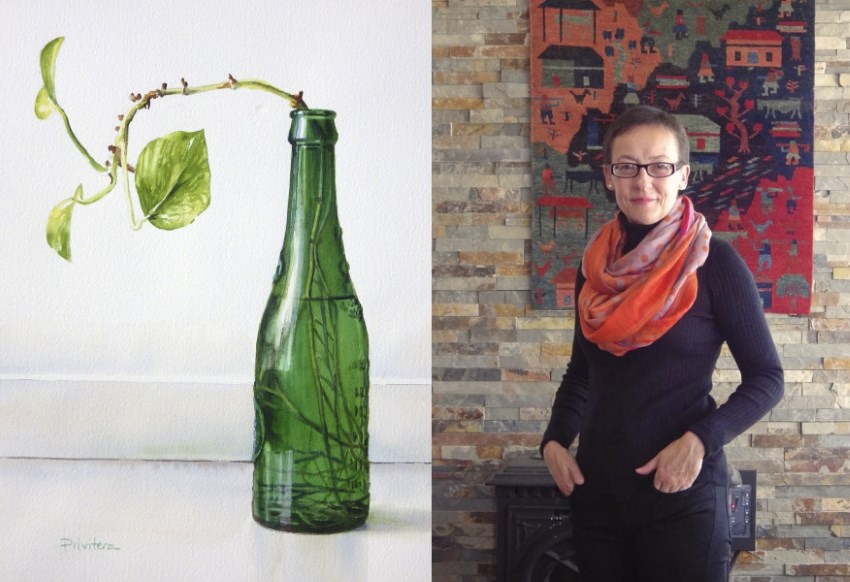
Lana Privitera is a still life watercolorist and an art educator.
She paints in a highly realistic style.
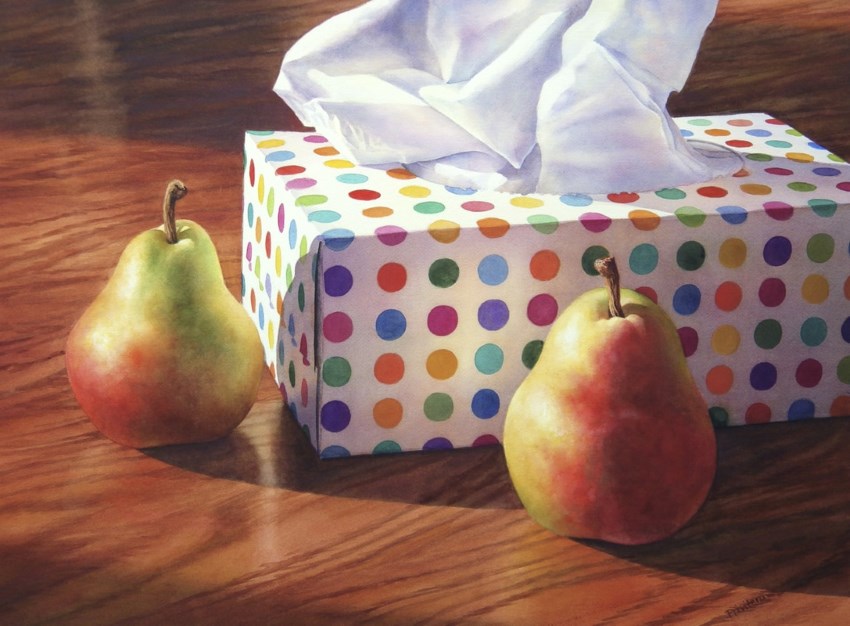
In addition to still life painting, Lana paints cityscapes, people, and animals.
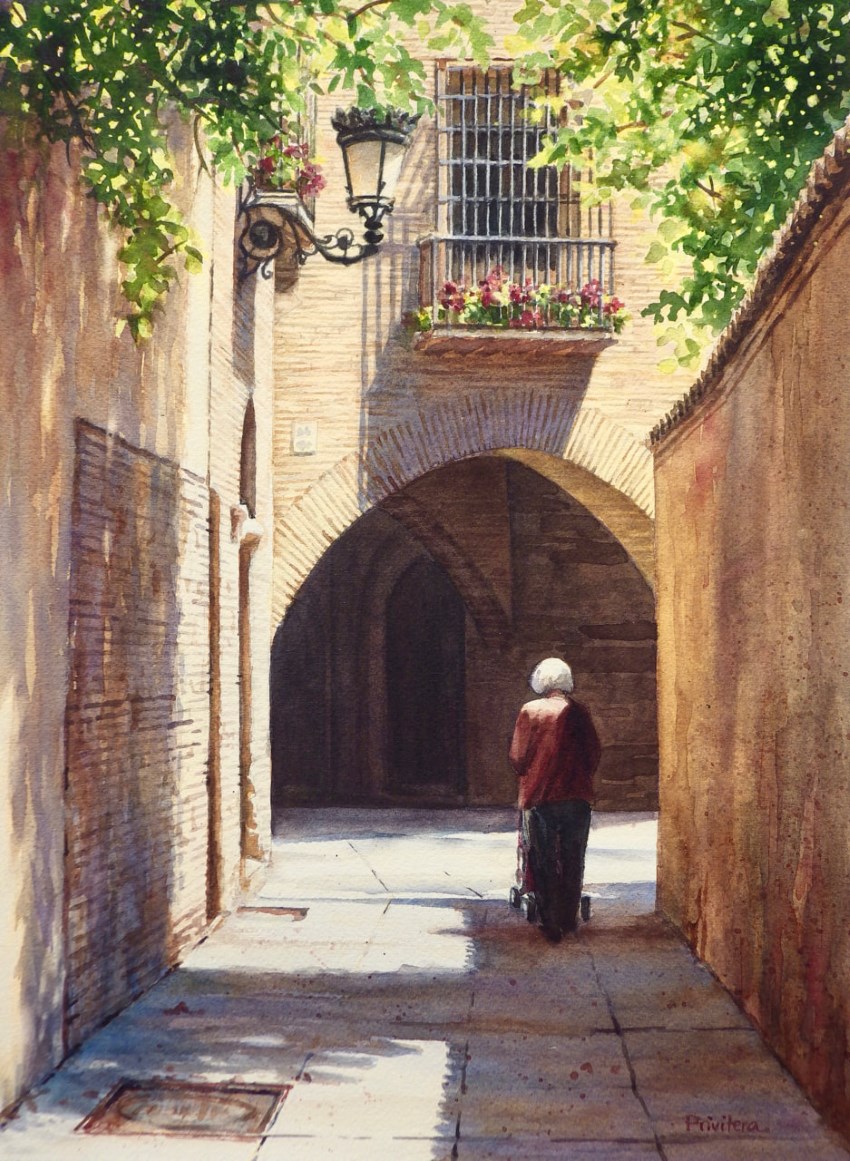
She is currently an art instructor at the Wallkill River School of Art in Montgomery, NY. She also conducts demos and teaches realistic watercolor workshops in the USA as well as internationally.
Her artistry, when it comes to displaying reflections and details, is remarkable.
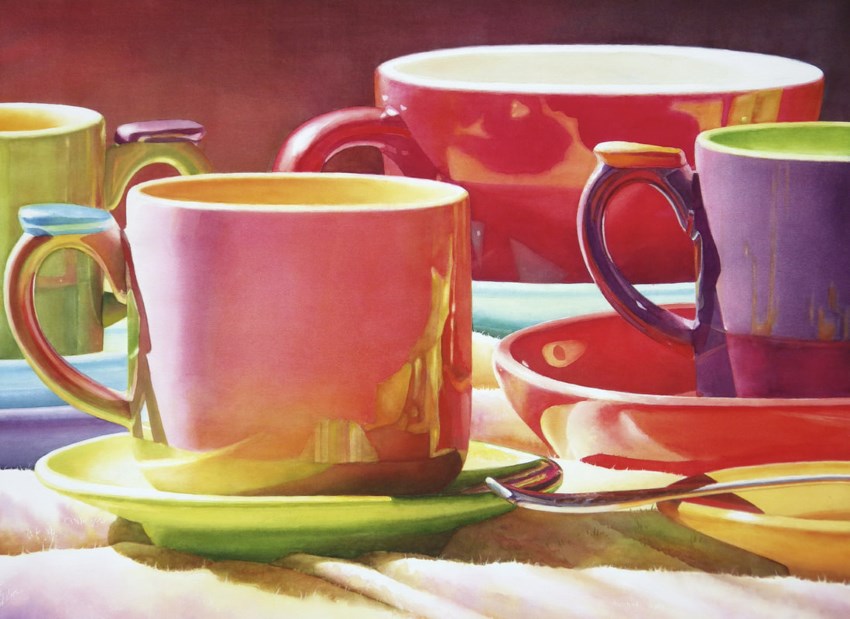
Lana's tip:
Sometimes, after we have not painted for a while, we are afraid to put down the first strokes in a new piece, or maybe we are not motivated by the subject.
My advice: Always have 3 or 4 completed drawings of the next paintings you plan to work on. Then, if you feel inspired to paint the skies, you paint all the skies; if you feel like doing trees, just paint some trees or the background, or draw yet another painting you are excited about completing!
The important thing is not to stop painting just because you are stuck with a particular piece.
Eric Wilson
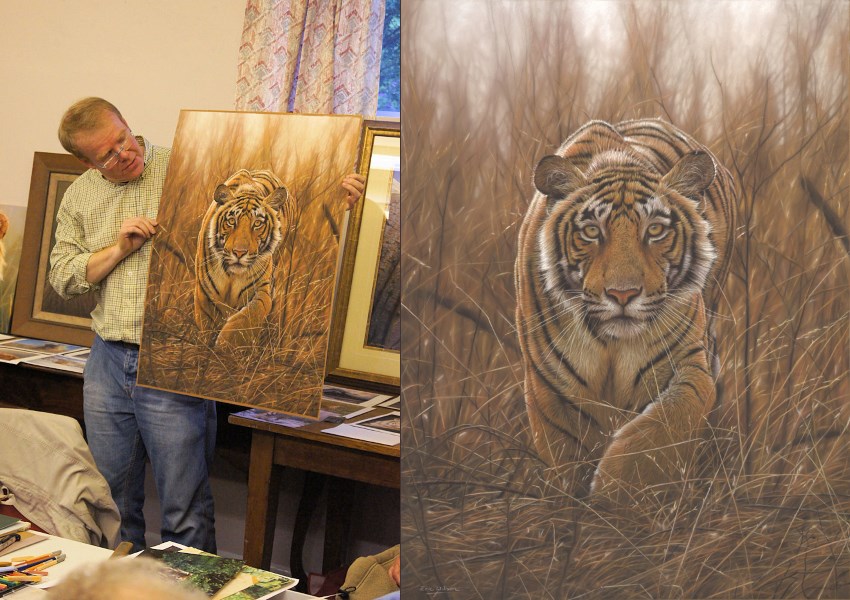
Eric Wilson is a wildlife master painter.
His beautiful art is inspired by his love for nature and the animal kingdom.
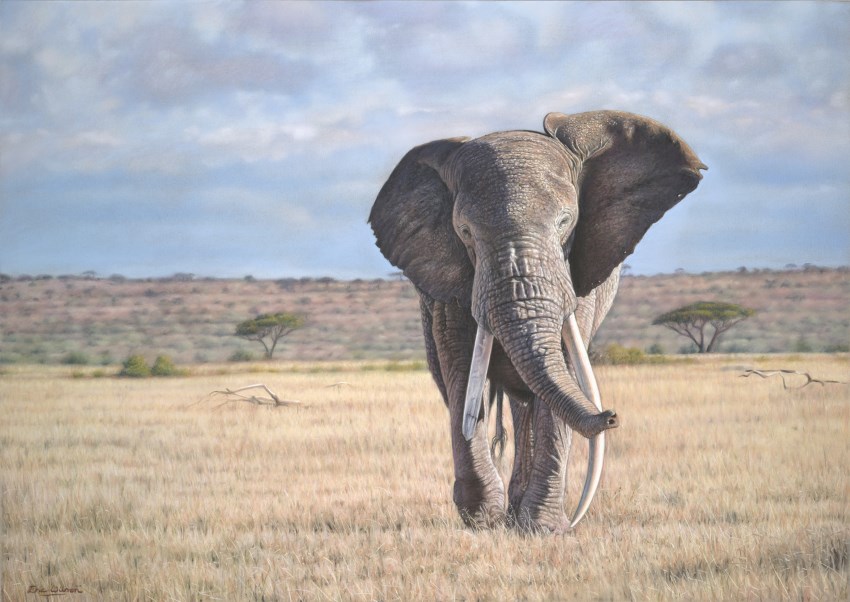
Eric is a respected teacher of art. In his classes, he teaches painting techniques for pastels, oil paints, and acrylics.
A major part of his lessons on painting animals is learning to render fur realistically.
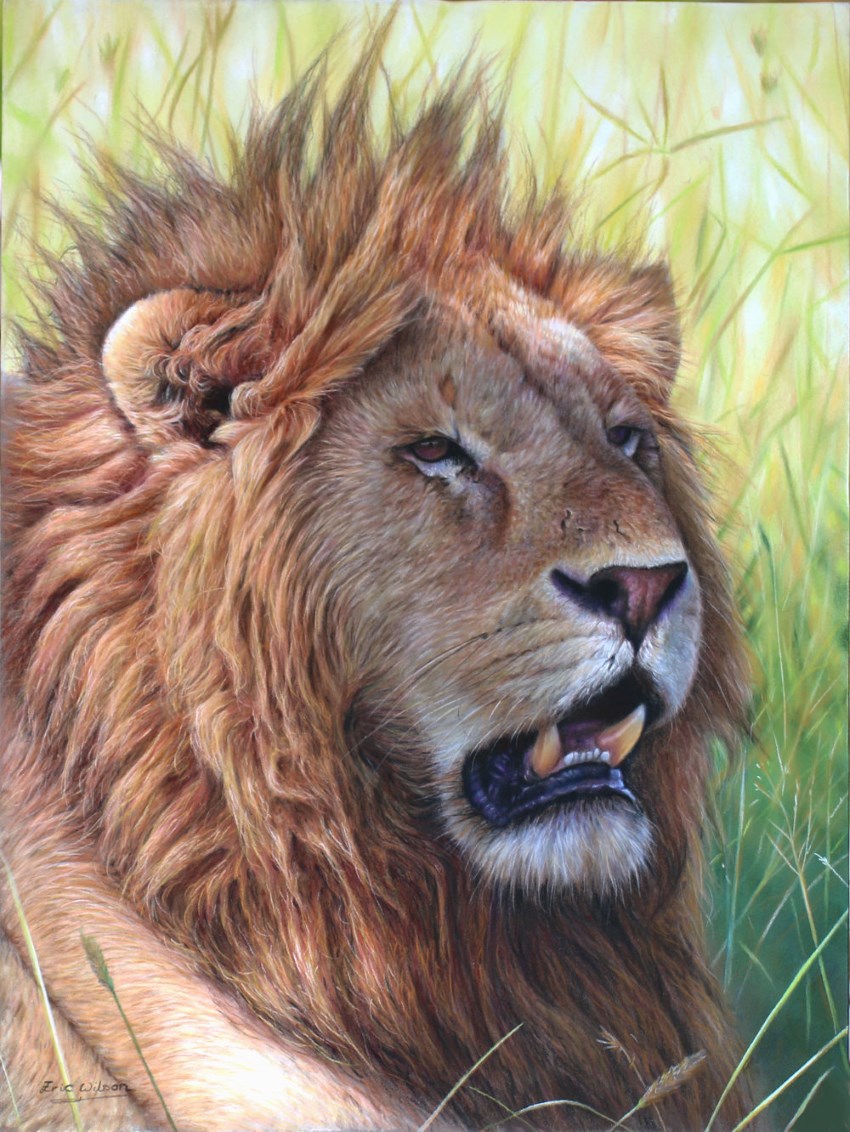
Eric spent a lifetime studying animals in the wild, from polar bears in the frozen north, gorillas in Zaire, to tigers in Nepal. He paints wildlife from his own direct experience.
From the many subjects for Eric's fine art paintings, one stands out in its presence: Tiger, the biggest cat in the wild!
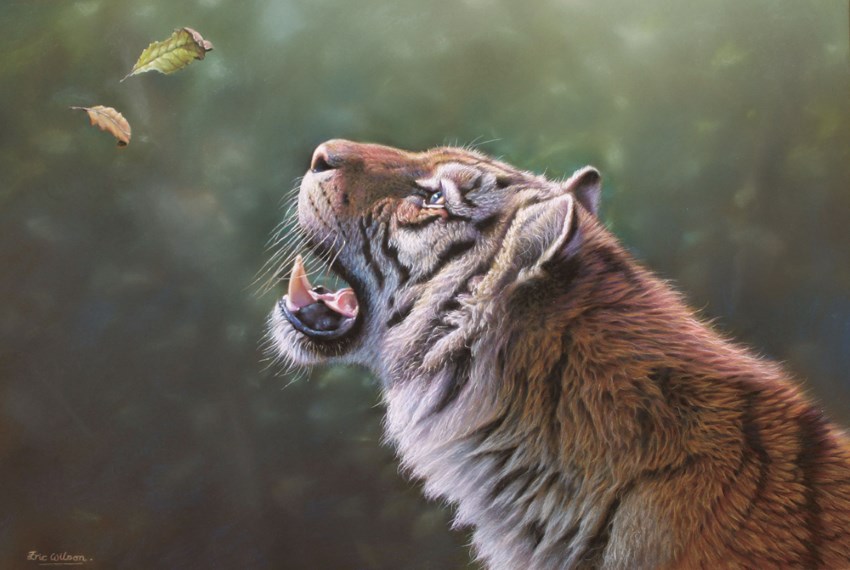
Eric's tip:
If you want to paint things that look real, do not fall into the trap of believing realism comes from detail alone.
Detail is, in fact, only one aspect of the reality you seek. Reality in a painting comes through three things:
- Tonal value
- Color
- Drawing/detail
All three must be like an equilateral triangle. Perfectly balanced.
Author's comment:
To find out more on color mixing and the relationships within the color wheel, check out my beginners guide to mixing oil paints.
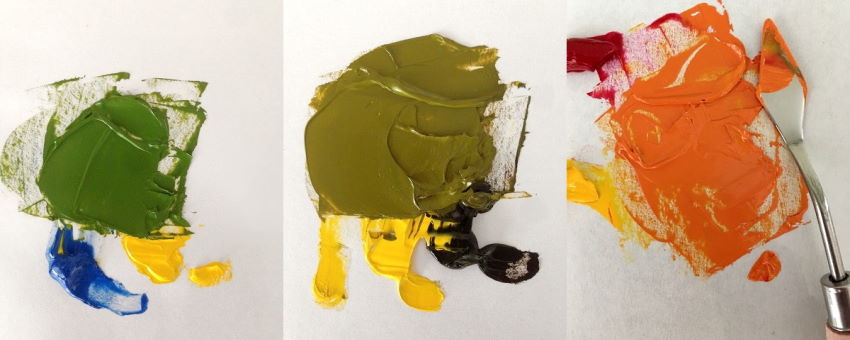
Christophe Vacher
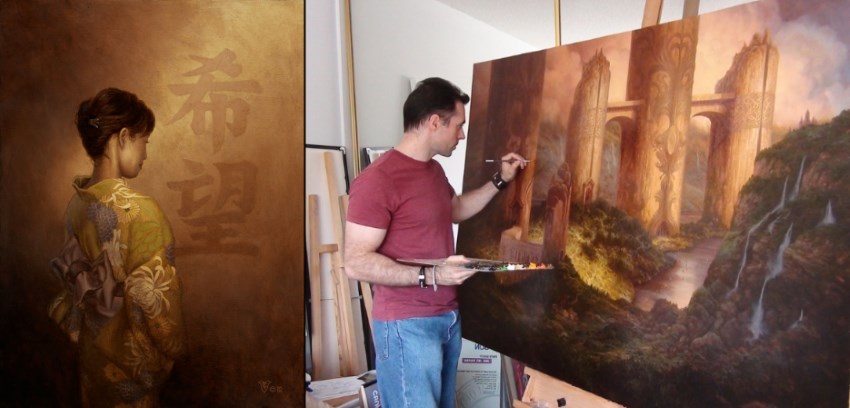
Christophe Vacher is a distinguished oil painter, art director, and spectacular concept artist.
A veteran in the animated film industry and a two-time Emmy Award winner, he worked with some of the best-known studios, like Disney, DreamWorks, and Universal Studios.
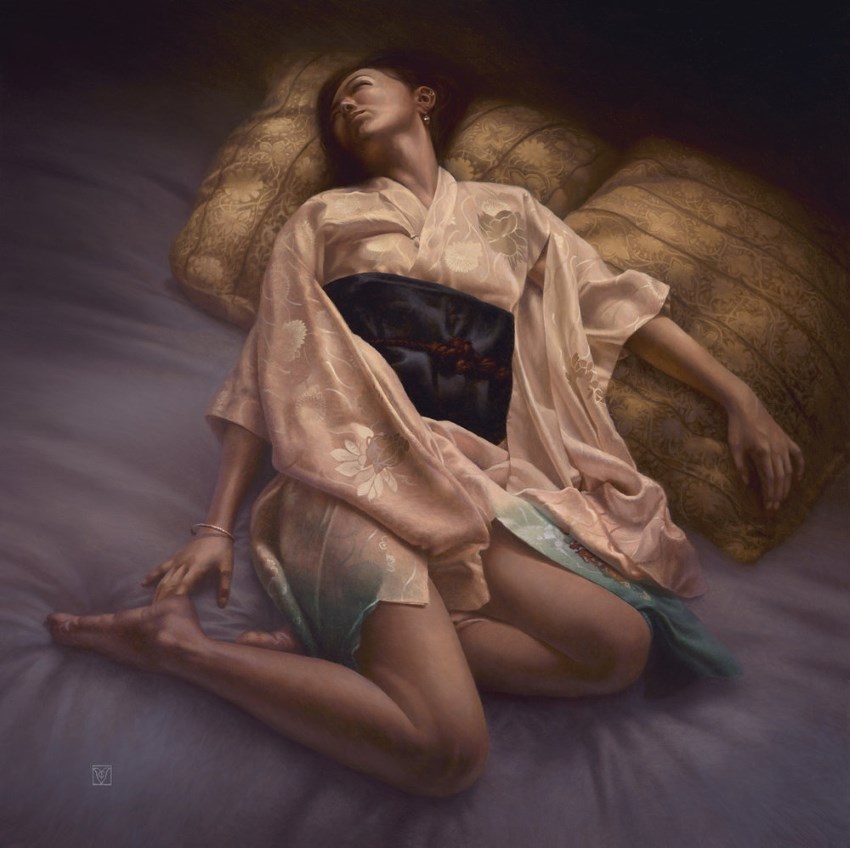
To create his extraordinary fine art, he starts with sketching on paper, followed by drawing on a canvas, before applying oil paints.
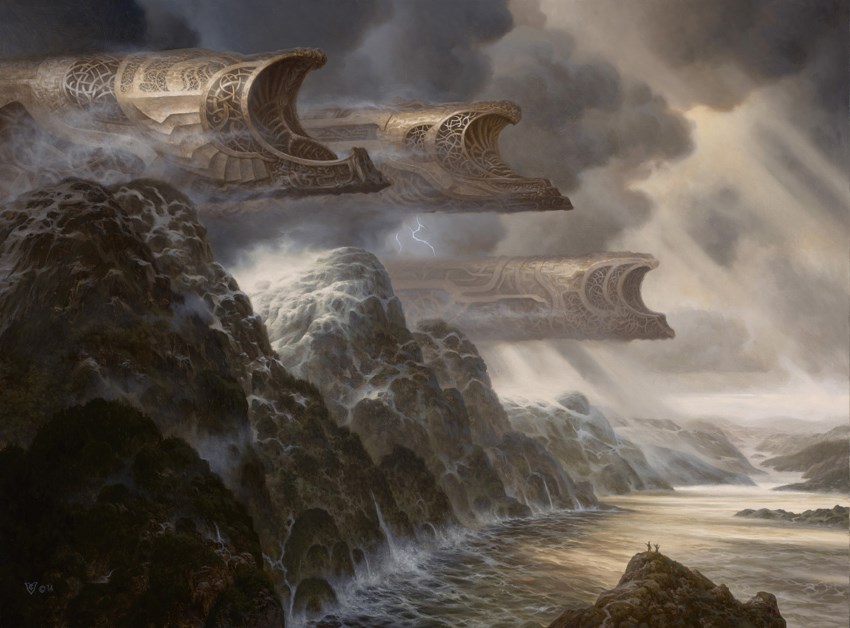
Besides his magnificent oil paintings, Christophe paints with watercolor, acrylics, gouache, and mixed media.
His pencil drawings are just as amazing.
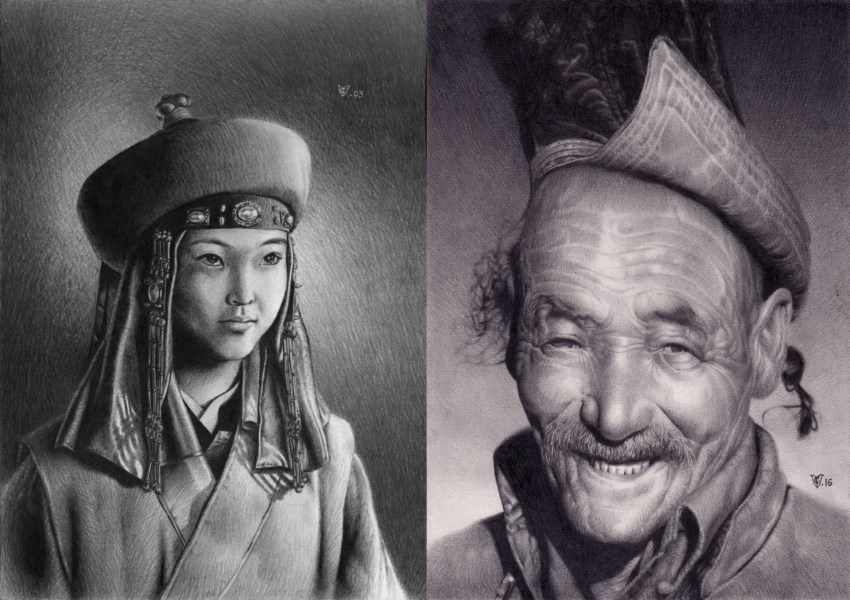
Christophe's tip:
Never stop learning. No matter how good you are, there will always be something to learn.
Being humble, keeping learning, and working hard are the keys to success. There are many ignored genius but lazy artists in History.
Thomas Arvid
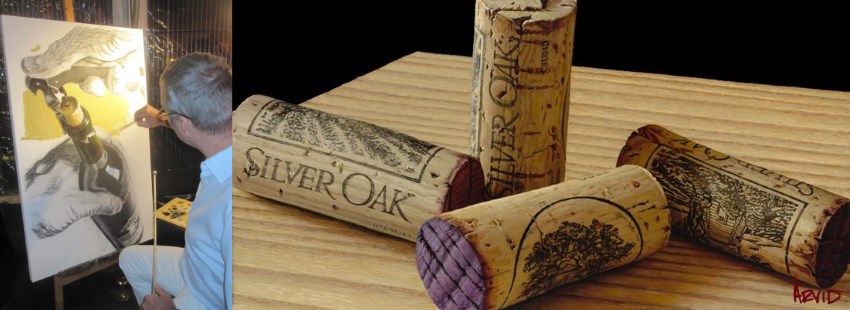
Thomas Arvid is a still life oil painter with an exceptional expertise in rendering light, depth, and reflection in a super realistic manner.
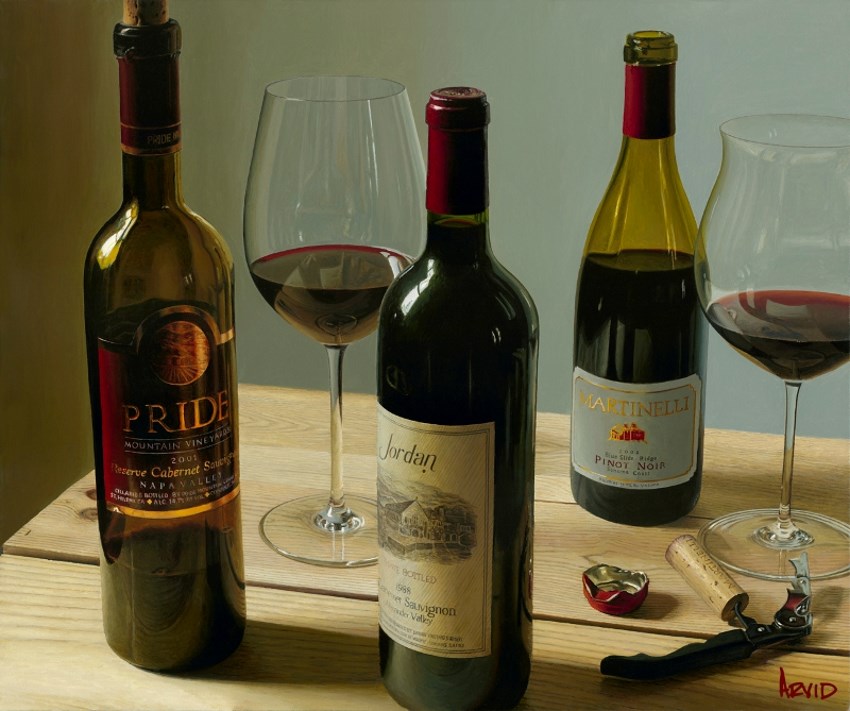
Thomas combines his love for painting and wine with his compositions of wine and the rituals surrounding it.
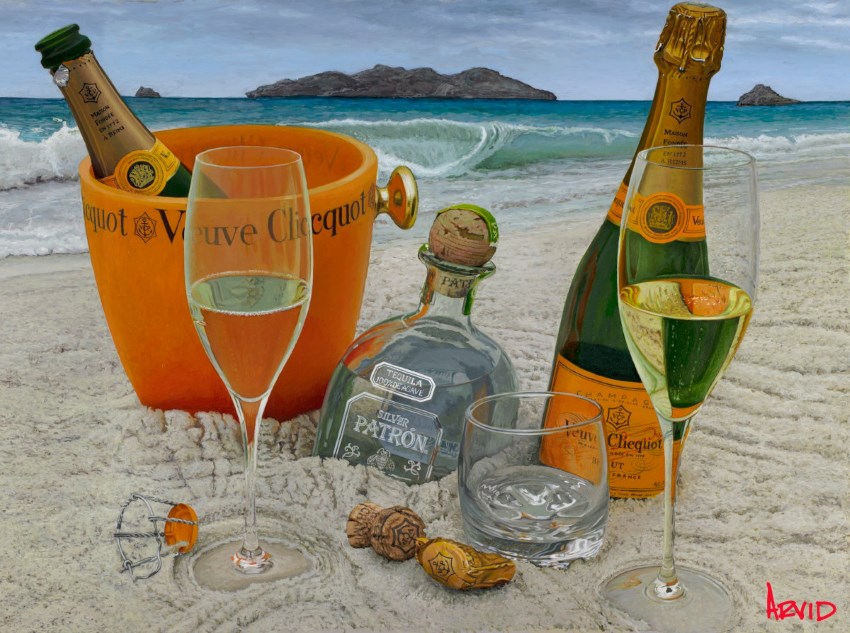
With the use of lush colors, Thomas, in his compositions, tells a story of enjoyment and the good life.
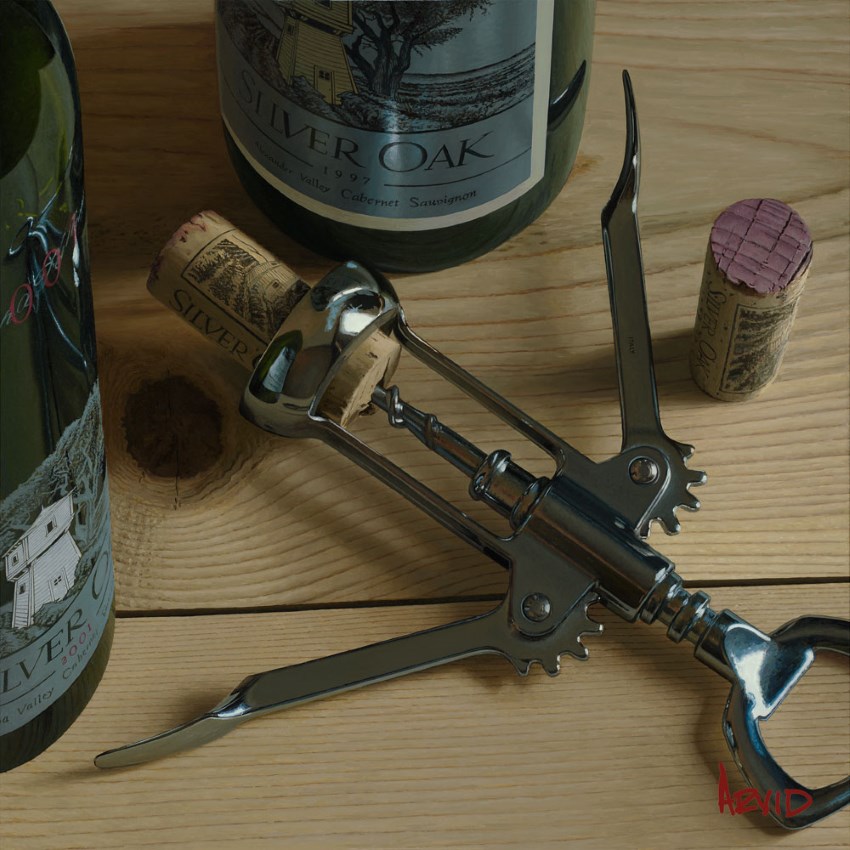
Thomas's tips:
I have a couple of things I would pass on to artists at the beginning of their careers.
First thing, set up your studio where you can leave it up and then paint. Paint every day, whether you are in the mood to paint or not. You cannot wait for inspiration; it comes from long hours behind the easel.
Second, paint what you know and what you love. If your art is authentic, it will resonate with people. What makes art truly great is also what makes it unique, and you can only find that inside of yourself.
Author's recommended tutorial:
Irina Cumberland
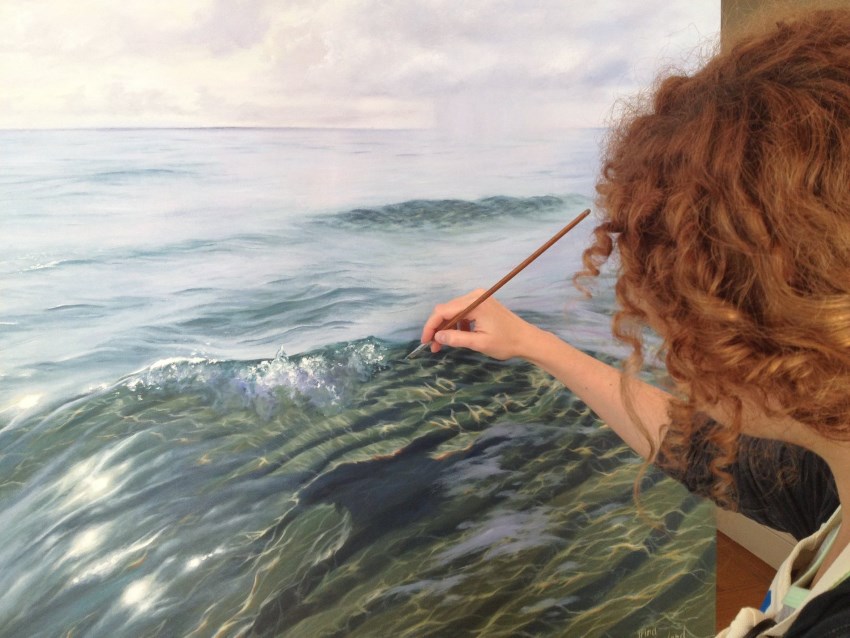
Irina Cumberland is a passionate artist with environmental awareness.
She paints gorgeous seascapes using oil paints.
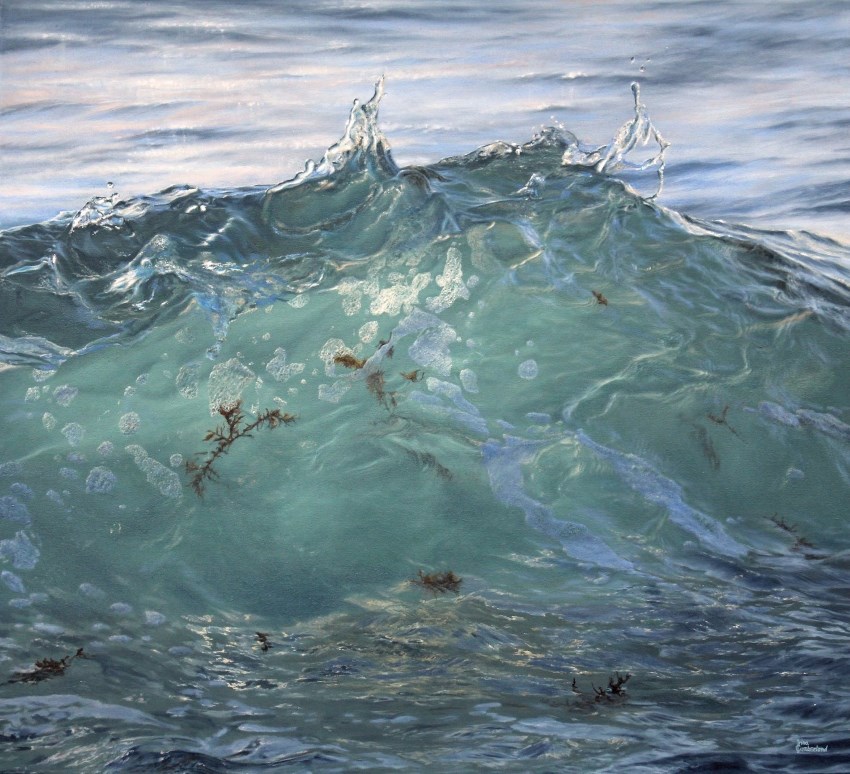
Irina has an exceptional ability to portray the beauty of water in movement.
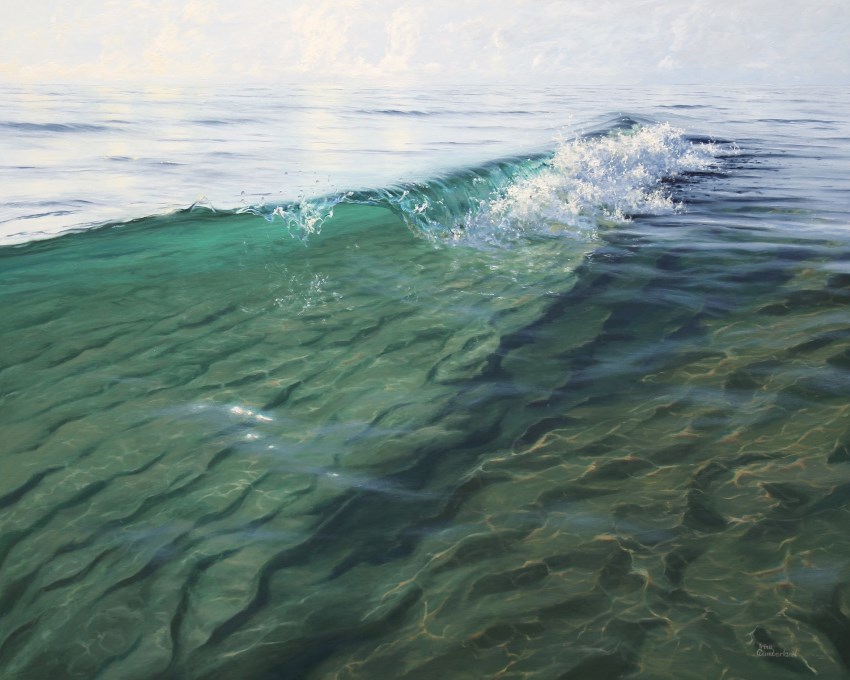
Besides marvelous paintings and prints, Irina offers at her website a beautiful calendar with 12 relaxing images of the ocean.
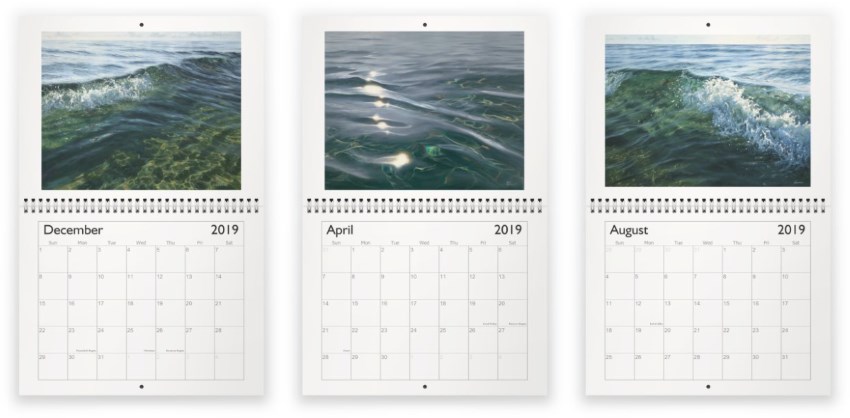
Irina's tip:
Be yourself and do not try to fit your art into what you think might sell or what other people tell you to do. That never works.
We are bombarded with ideas 24/7. Being true to who you are in such circumstances is a hell of an achievement! Your audience will appreciate it.
Tomasz Alen Kopera
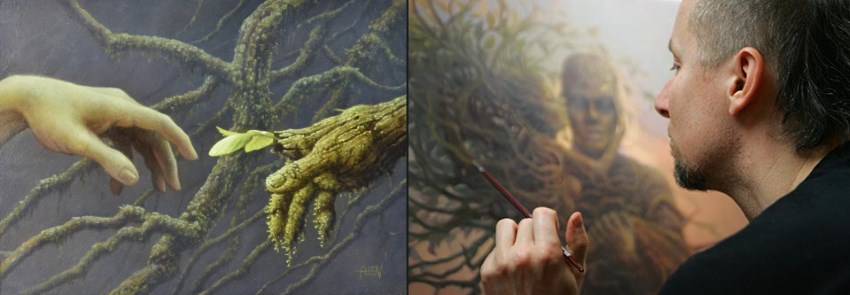
Tomasz Alen Kopera, a gifted oil painter, has a mysterious and unique style that combines fantasy and realism.
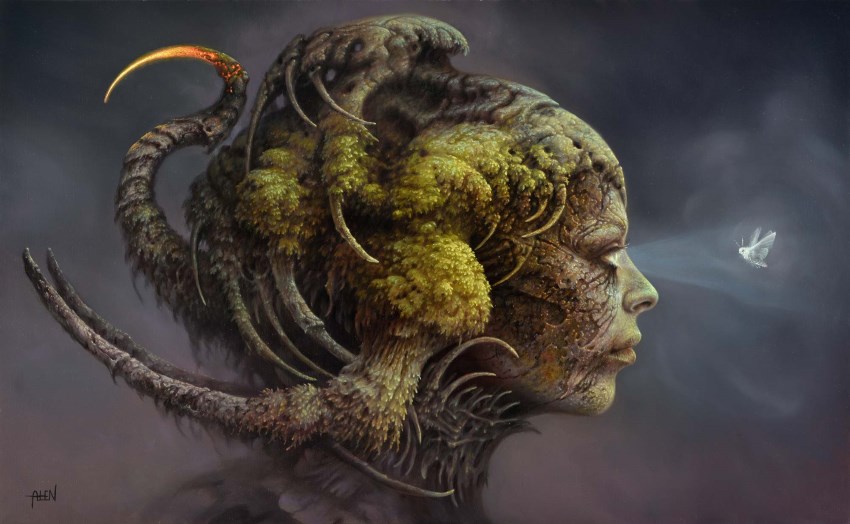
Alen's mastery of details and colors allows him to blend the beauty and forces of nature as part of his portraits.
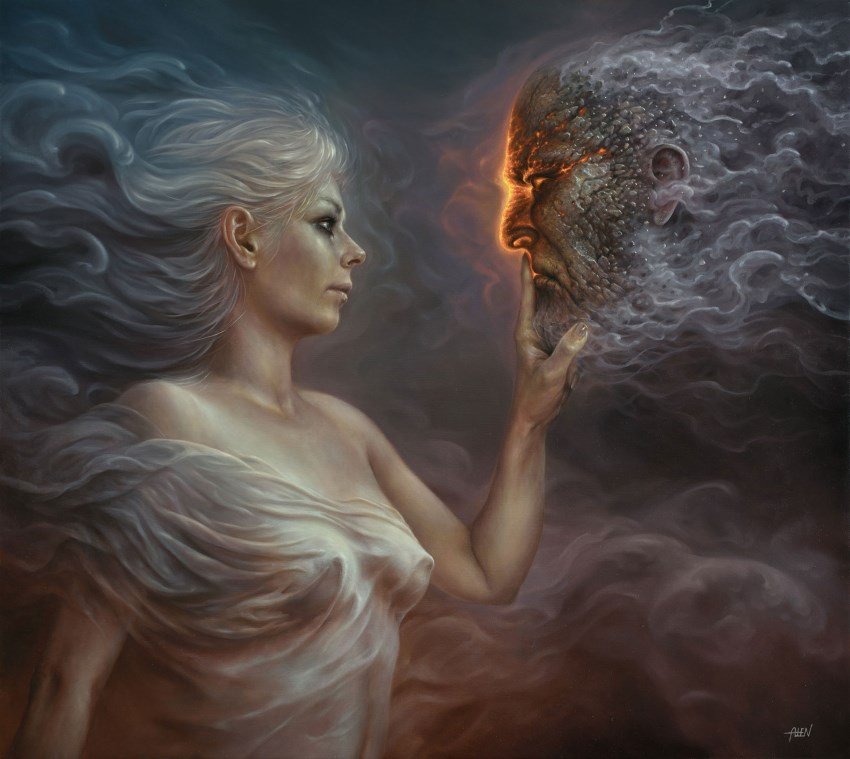
His creativity, often mystical and dark, captivates the viewer's attention and subconscious.
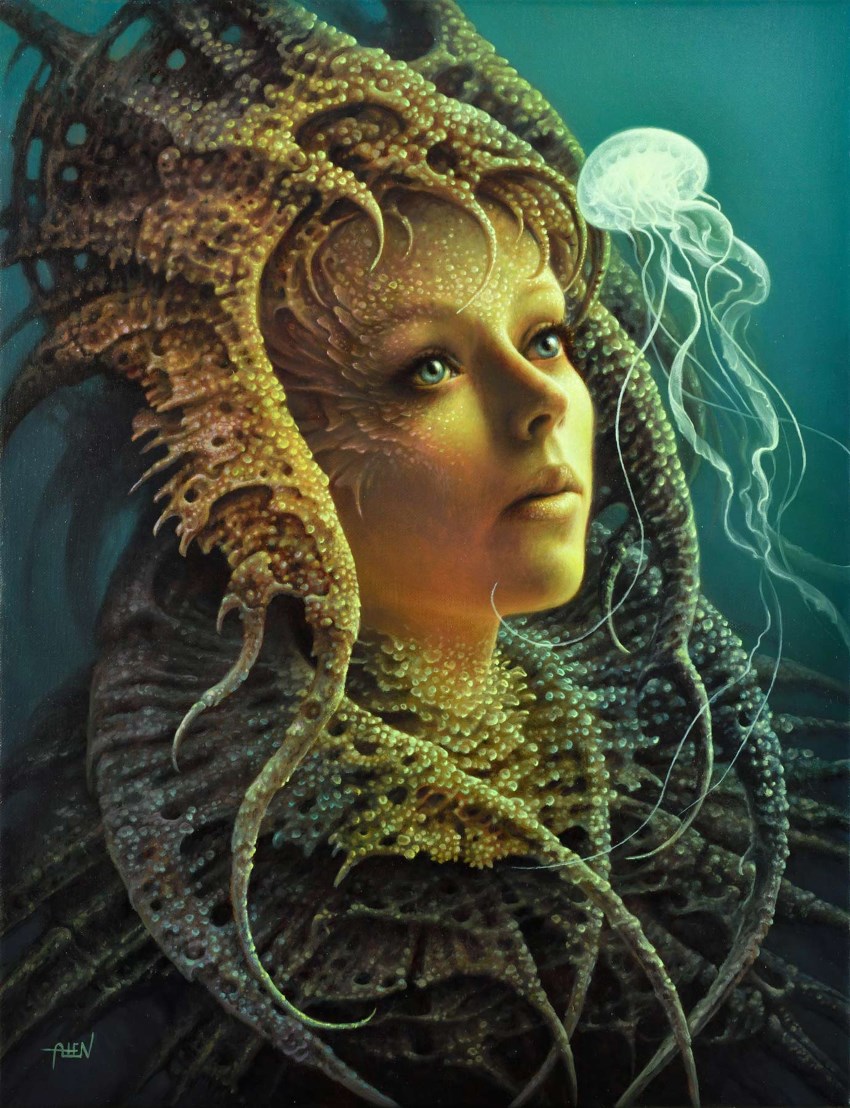
Alen's tip:
Be yourself, create what you feel in your heart, and remember that you do not need to follow the trends.
Steve Mills

Steve Mills is an accomplished realist oil painter.
He paints stunning, photorealistic landscapes, seascapes, and cityscapes.
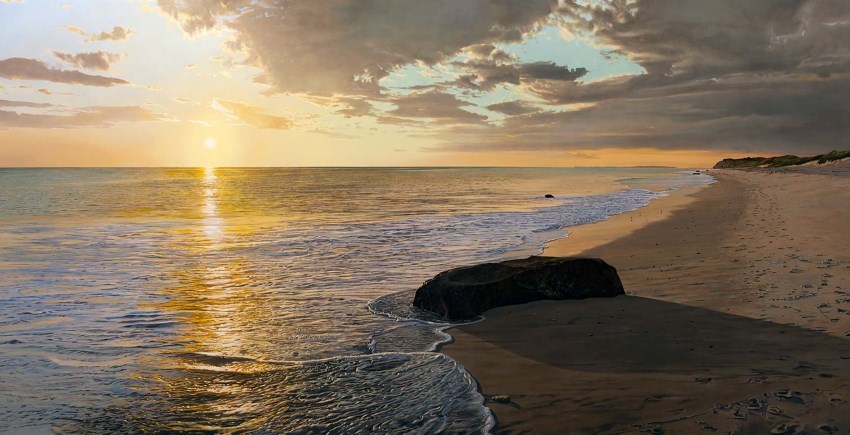
In addition, Steve paints still life and close-up paintings.
He is a master when it comes to texture, painting just about any texture he is intrigued by.
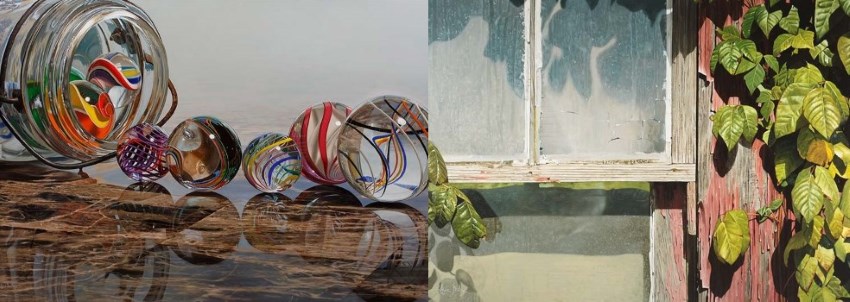
Attention to detail is a key part of his painting style.
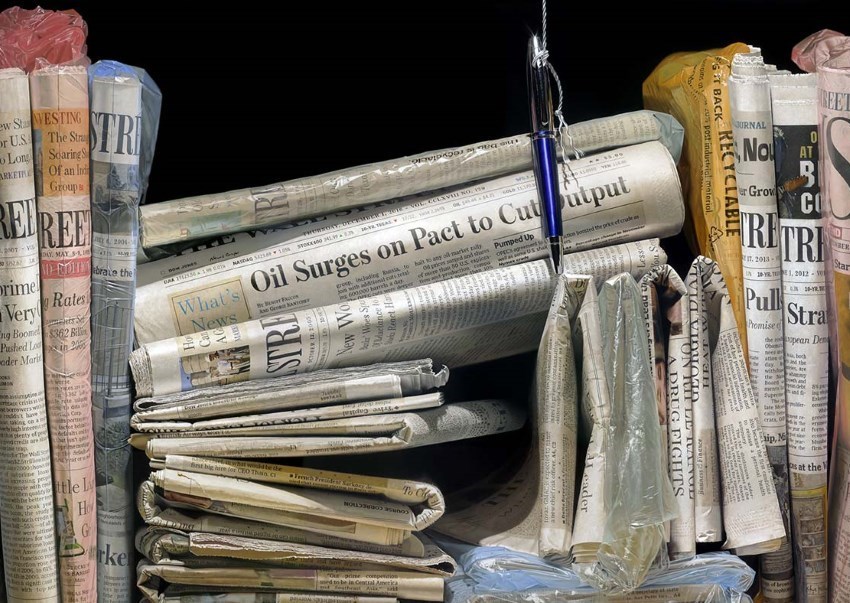
Steve's tip:
Think of your painting in a 3D mindset. “Build” it as a space, not just as a flat surface.
James Neil Hollingsworth

Neil Hollingsworth is a hyperrealism specialist.
He paints with oil paints on panel and succeeds in delivering realism and details on, sometimes, small-scale paintings.
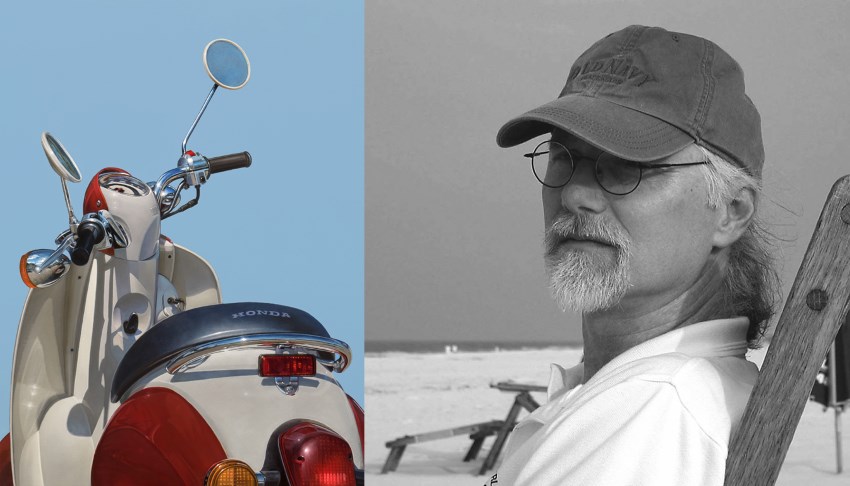
Neil is represented by fine art galleries in the United States, and his work is in numerous private and corporate collections domestically and abroad.
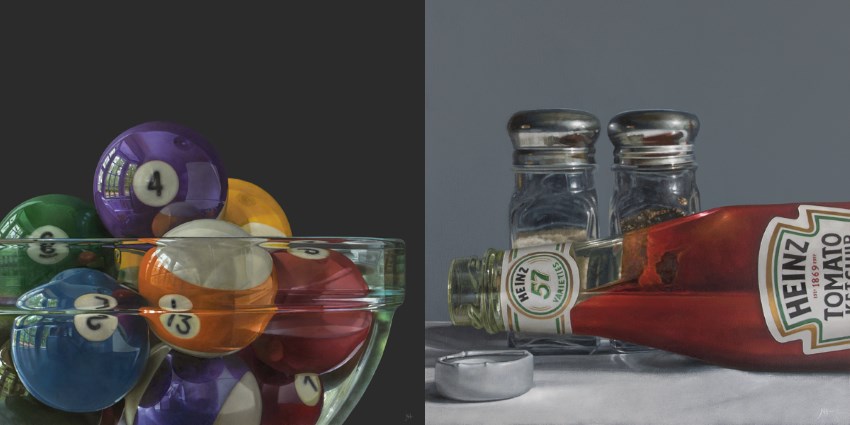
Neil's realistic oil paintings, which include vehicles, tools, and everyday objects, are usually with nostalgic connotation.
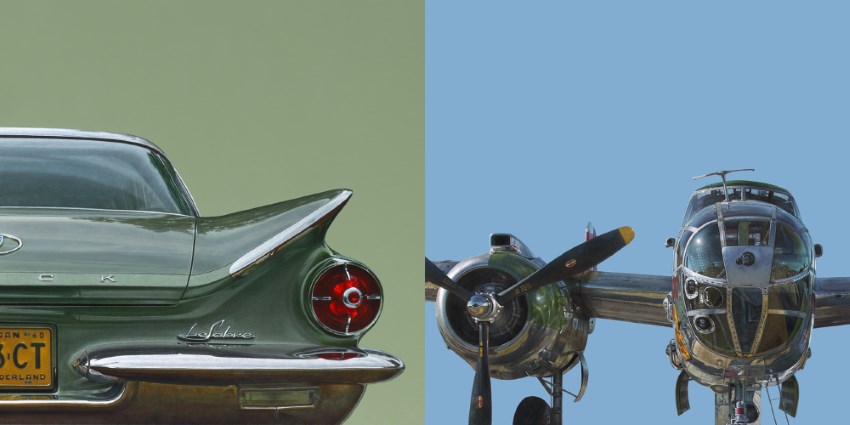
Neil's tip:
Paint as much as you can and then paint some more.
If possible, try to sell your art at early stages on eBay or anywhere else. This will keep you motivated.
Nathan Walsh

A true virtuoso of contemporary urban landscape, Nathan Walsh's realistic paintings represent his take on the world we live in.
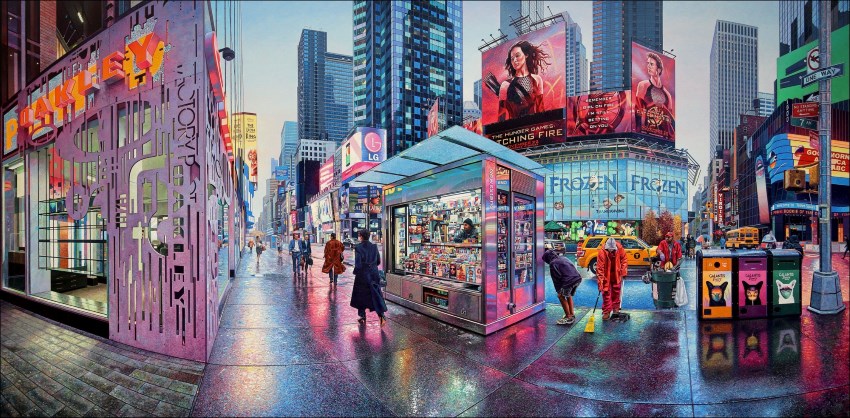
His huge and complex paintings start with pencil drawing.
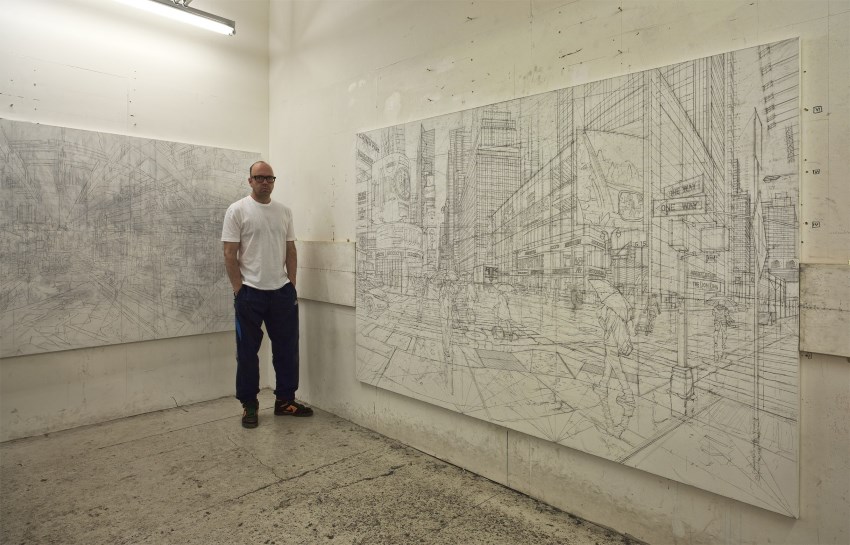
By mastering linear perspective for cityscapes, Nathan Walsh is able to achieve such engaging and distinctive compositions.
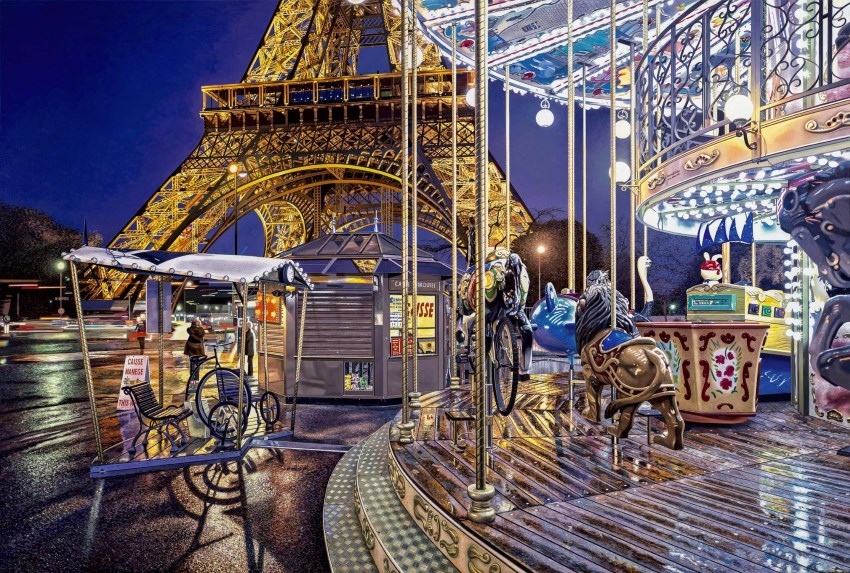
Nathan's paintings are packed with pictorial elements, enabling the viewer to enter the worlds he creates and move around.
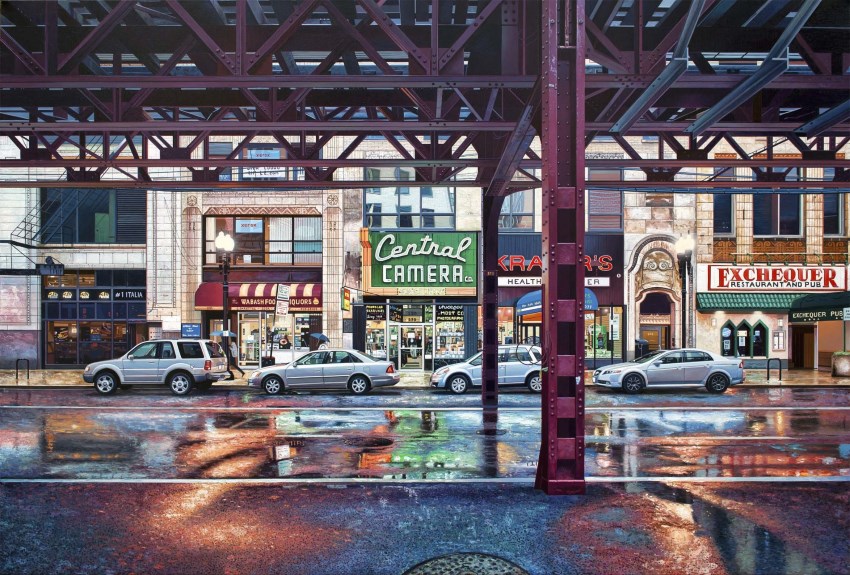
Nathan's tip:
Try to find your own unique take on the world. Let this be the starting point for creating your art.
Dustin Van Wechel
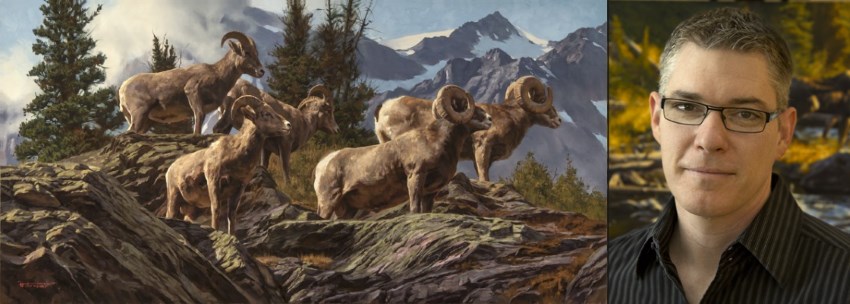
Dustin Van Wechel is an expert wildlife artist.
Animals and landscapes of the Americas are the core of his paintings.
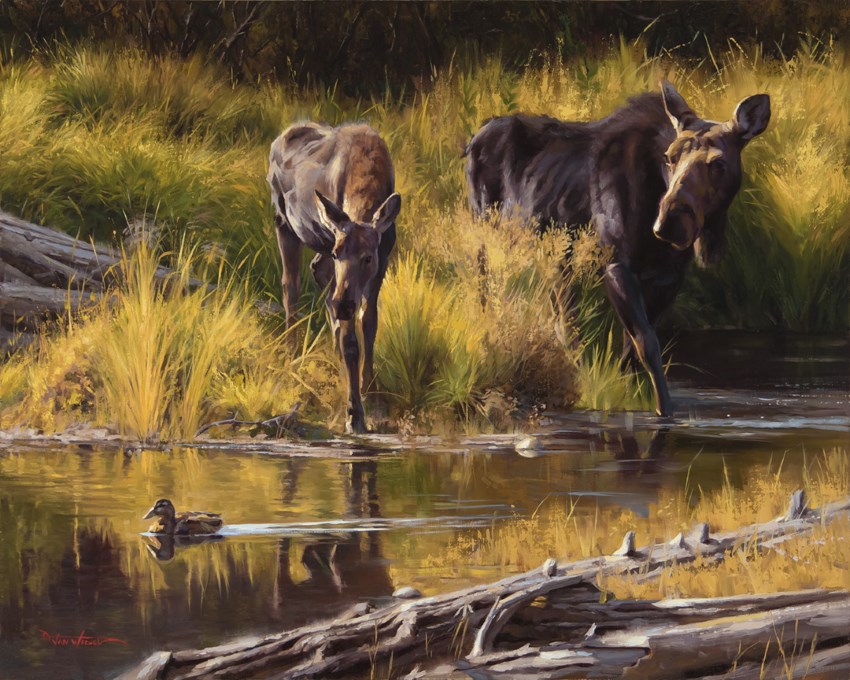
Dustin's outstanding use of atmospheric perspective, color, and brightness values allows him to deliver such balanced and appealing works of art.
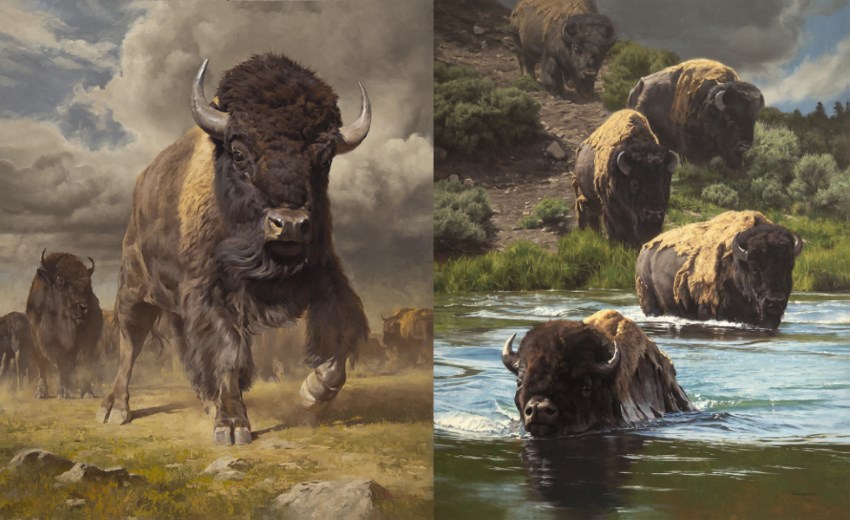
His work has been exhibited all throughout the U.S., in one-man shows, major art exhibitions, and museums.
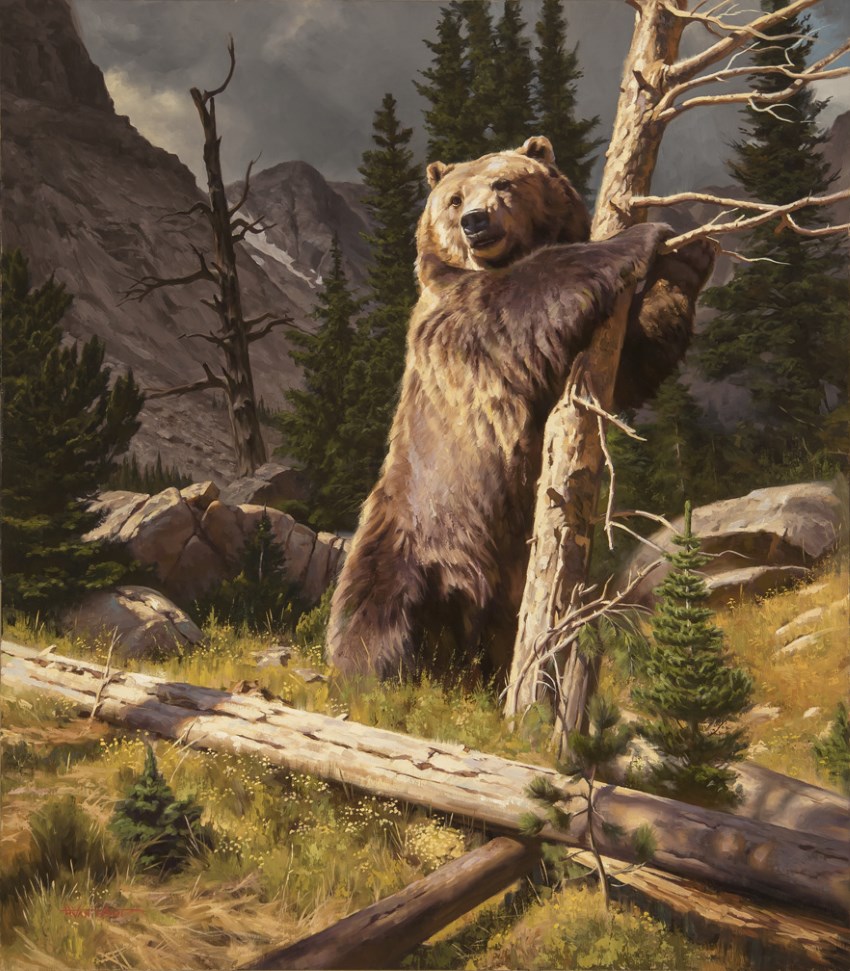
Dustin's tip:
Paint and draw from life whenever possible. Nothing will improve your skills in painting and drawing faster than working from direct observation.
Author's comment:
For the 8 key factors for drawing and painting realism, read my guide on how to paint realism.
Karen Noles
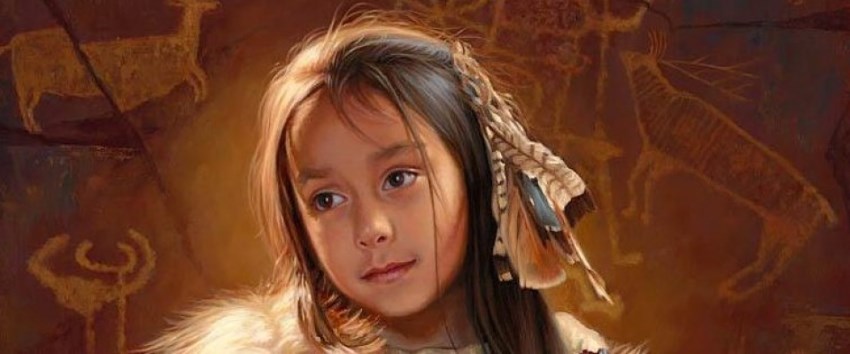
A renowned oil painter, Karen Noles's specialty is Native American Indians and western-related painting.
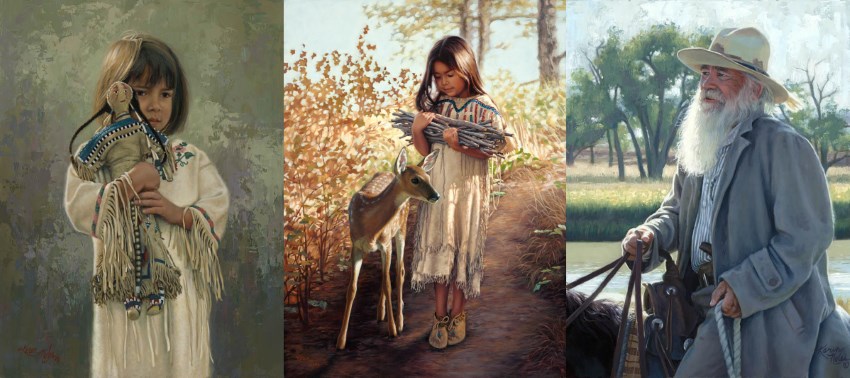
Karen focuses on women's and children's portraiture while using authentic period clothing and artifacts.
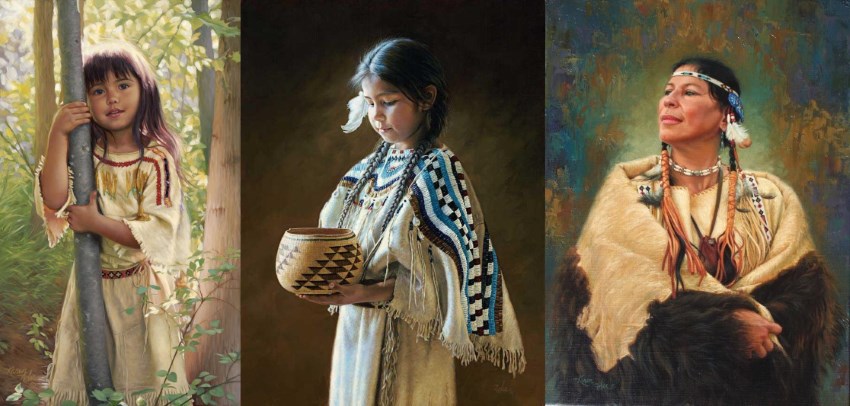
Animals are also part of her fine art paintings.
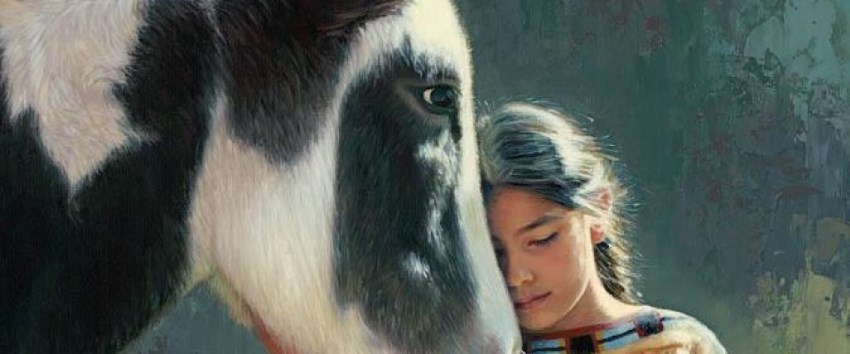
Karen's tip:
Always strive for excellence and growth. Beyond that, it is simple brush mileage.
Author's comment:
If you like pets and animals, check out these professional commission pet painters.
My Tips
Sometimes, the painting process results less successfully.
If it is a landscape painting, use it as a practice canvas.
- Sky, for anything that flies.
- Lake, for anything that floats or swims.
- Land, for plants, figures, or structures.
Here is an example of an old desert painting I used for practice by adding trees and a camel.
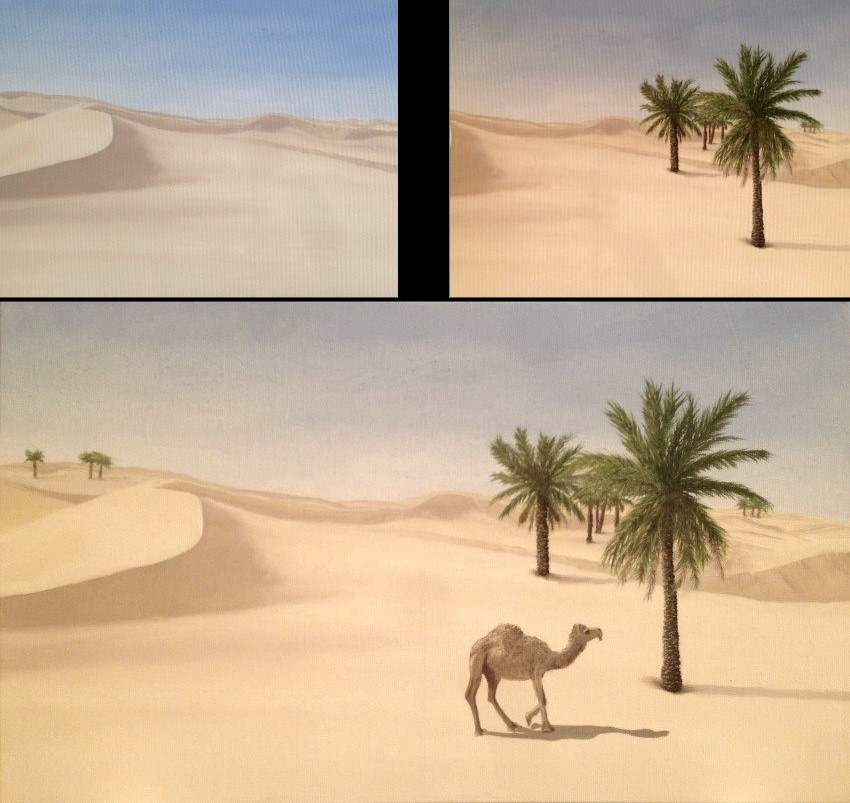
While drawing or painting, move back from the canvas or paper occasionally in order to see the big picture.
Make sure you have enough contrast for your drawing or painting to stand out.
If you want to draw concept art or product design, learn linear perspective and how to draw from imagination.
For realistic painting, use less saturated colors.
When painting with markers or colored pencils, you can use toned paper to reduce saturation.
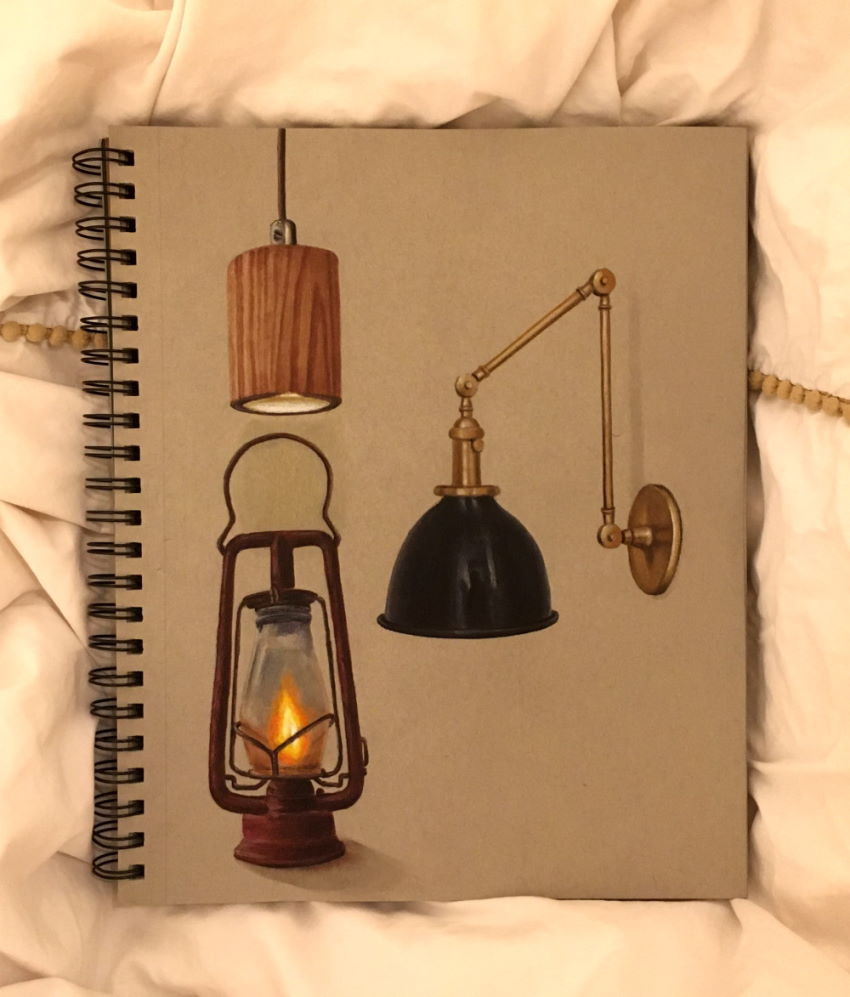
If you want to learn how to draw textures like fur, fabric, wood, metal, etc., visit my texture drawing guide.
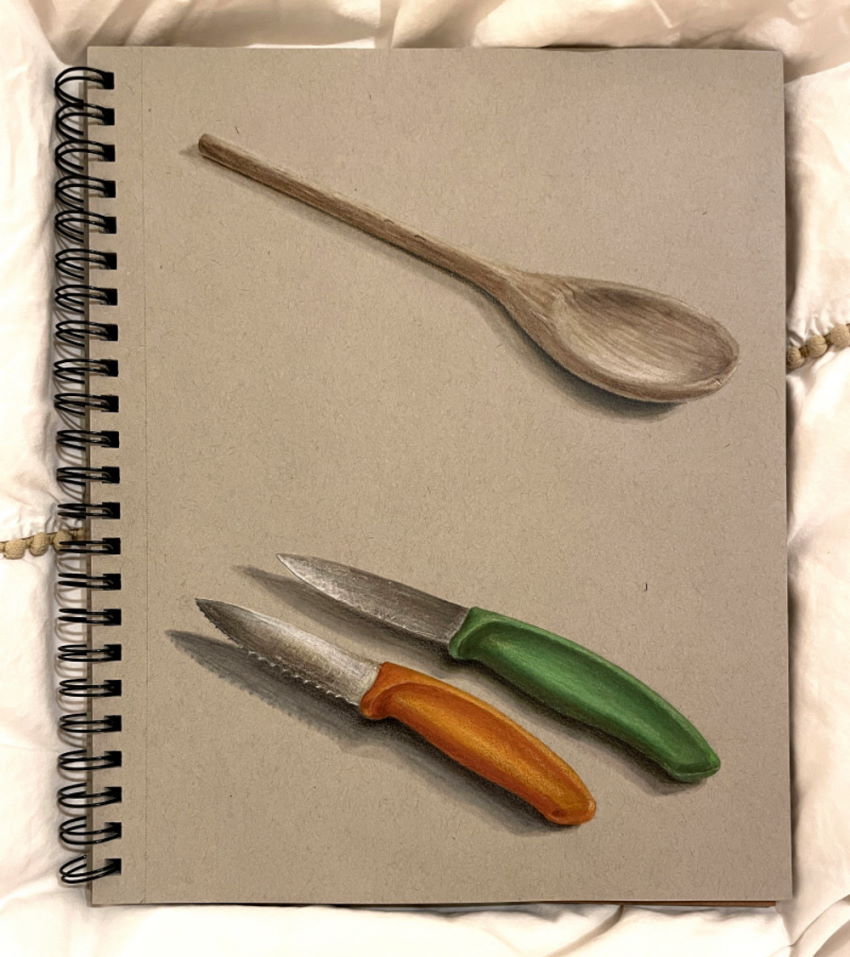
From a certain point, when you master perspective drawing and realistic rendering, you will pave the rest of the way on your own. The key is practice and more practice.